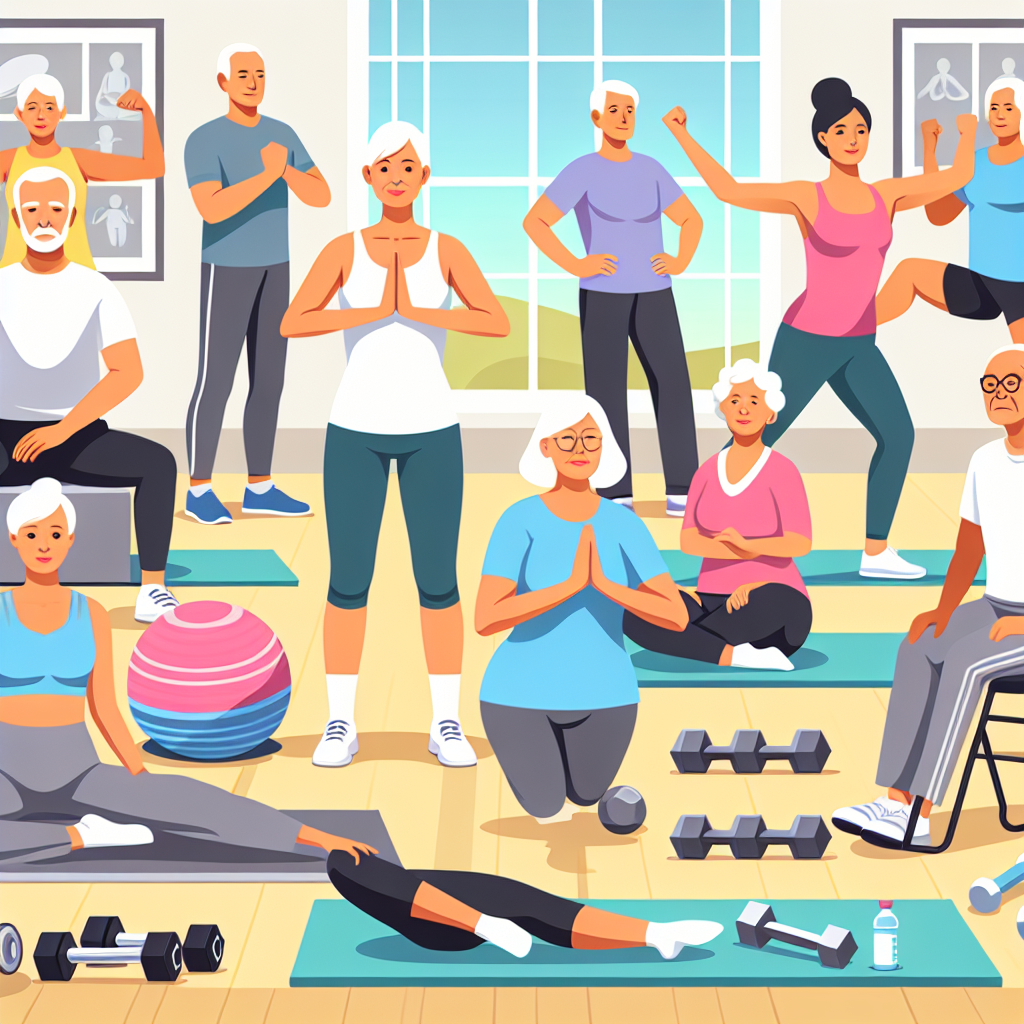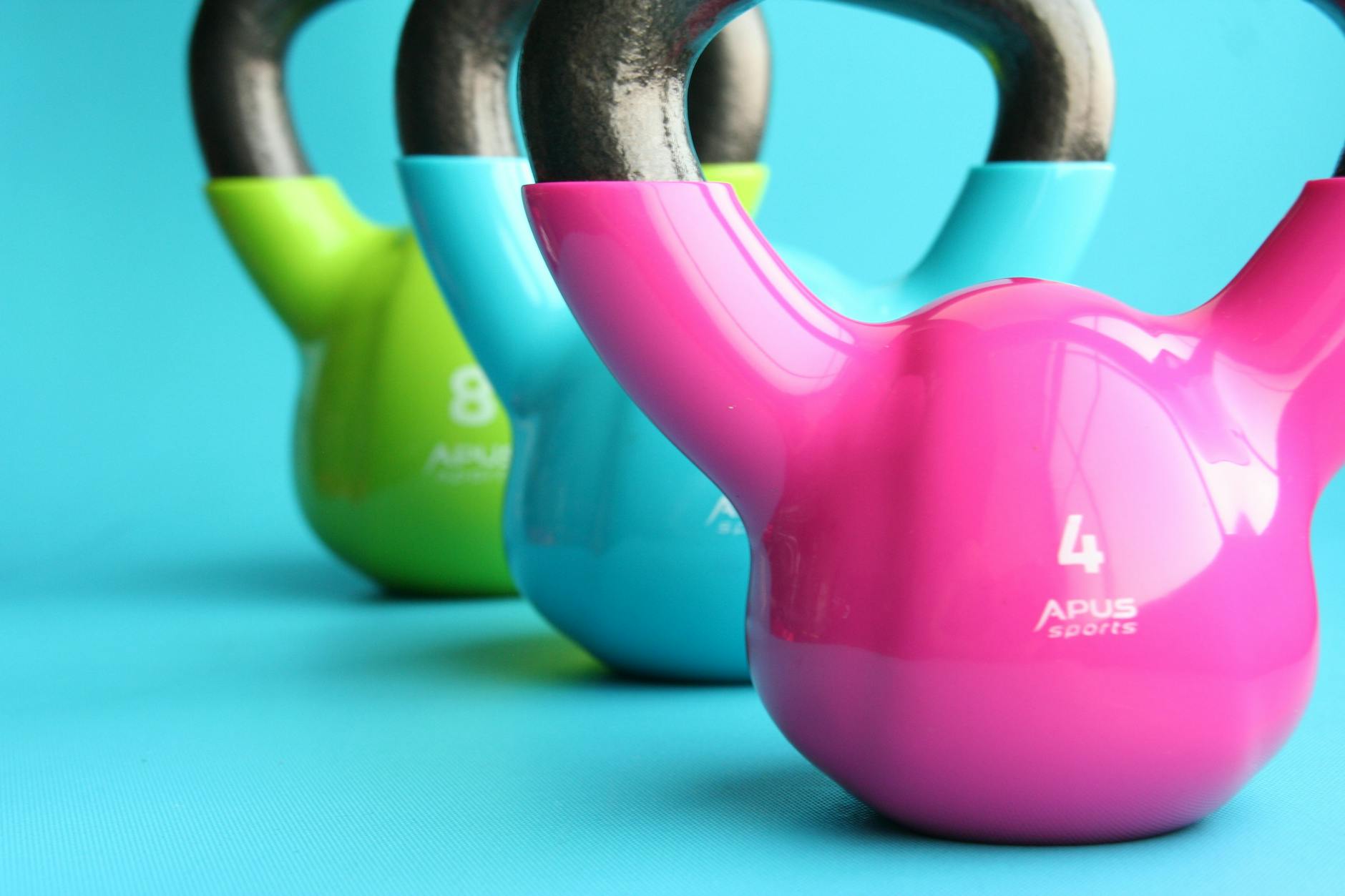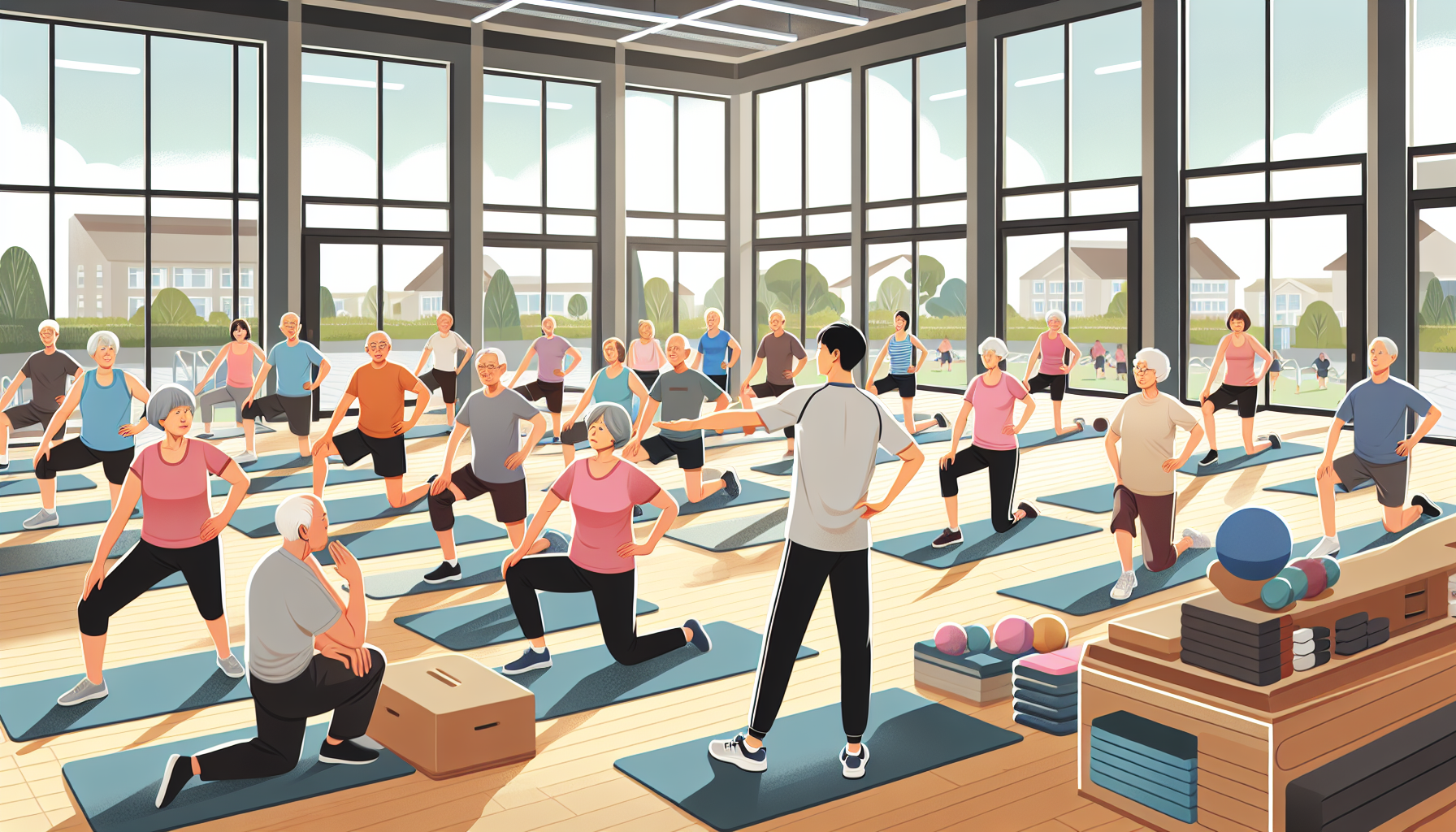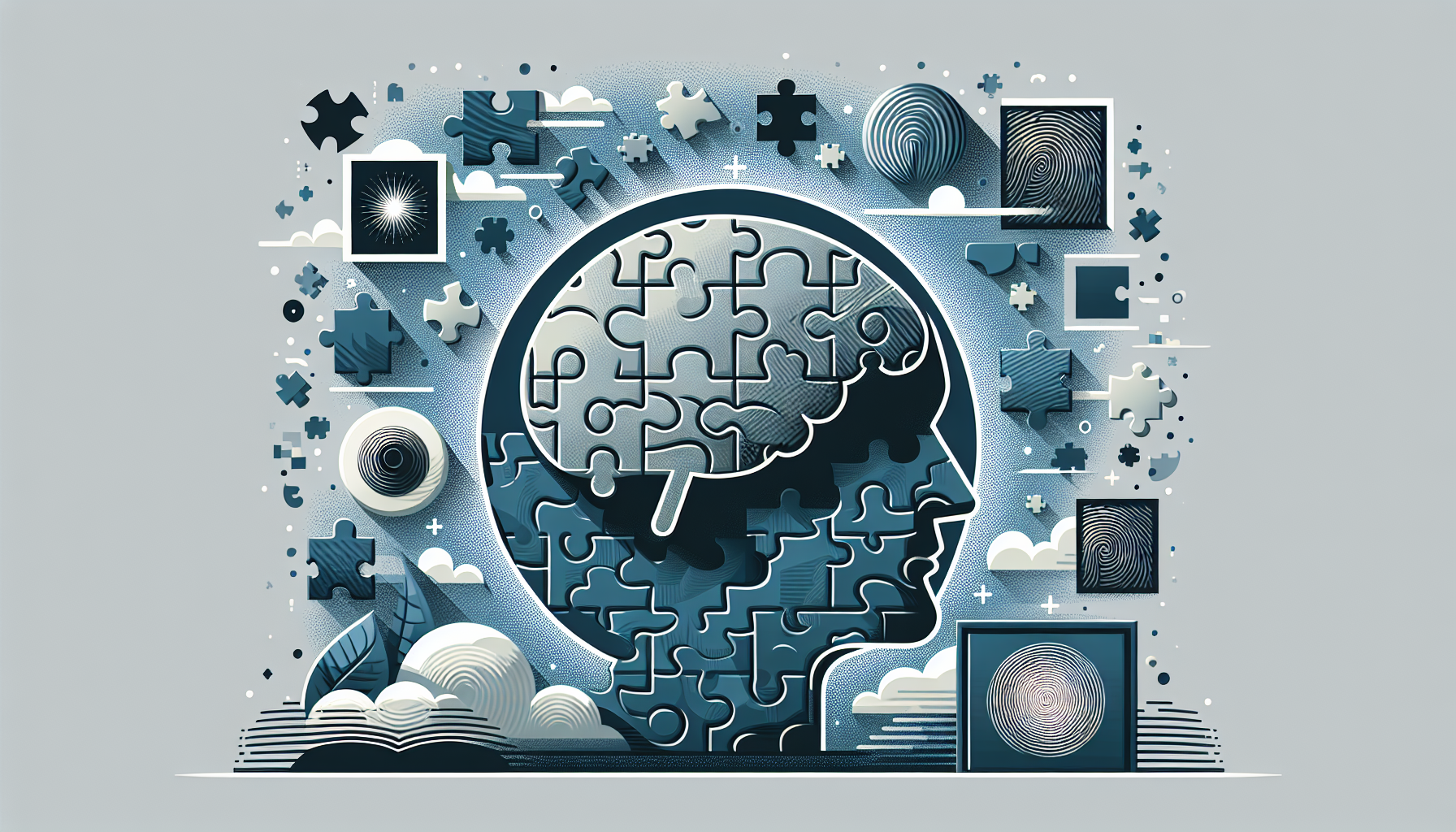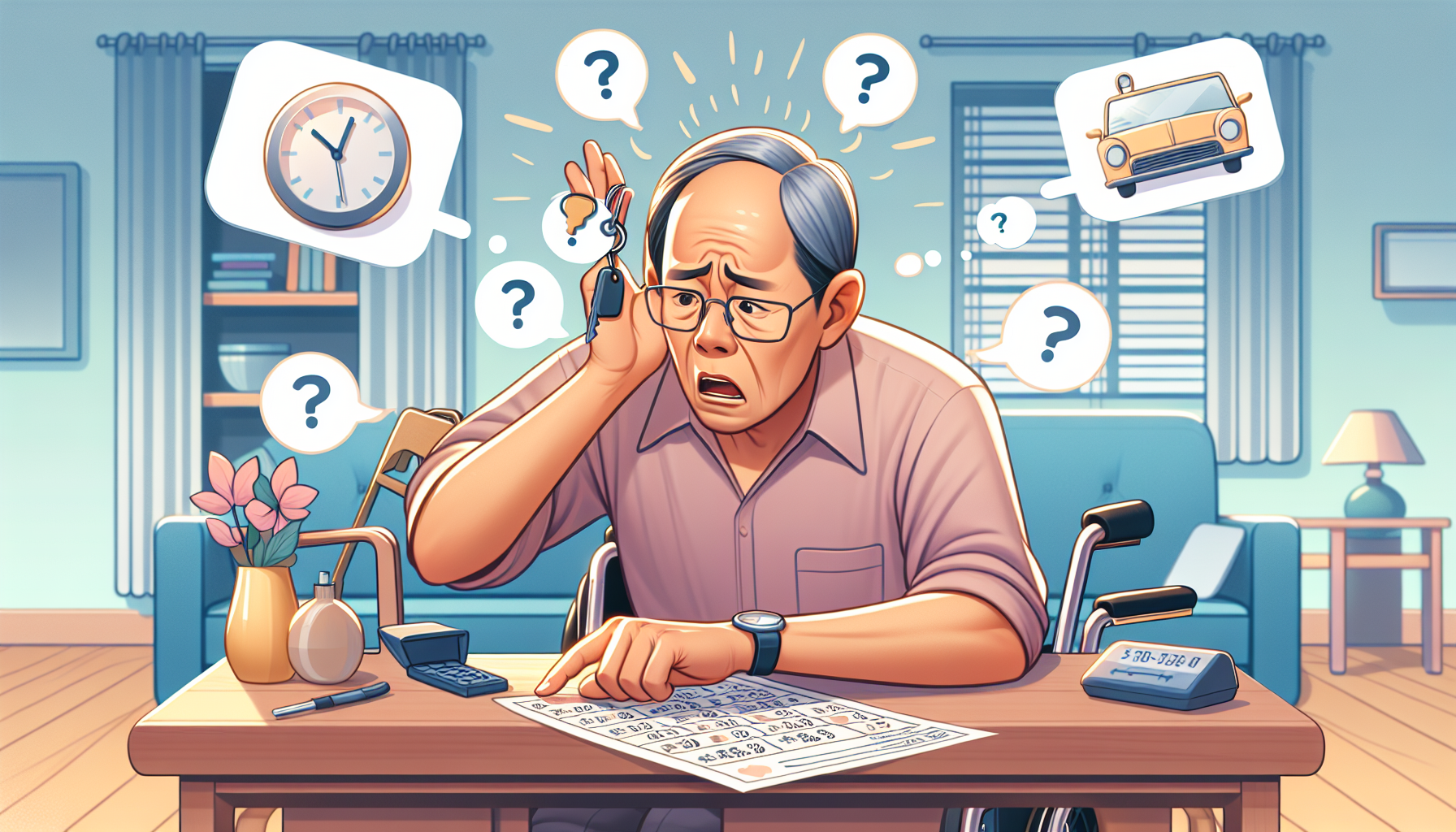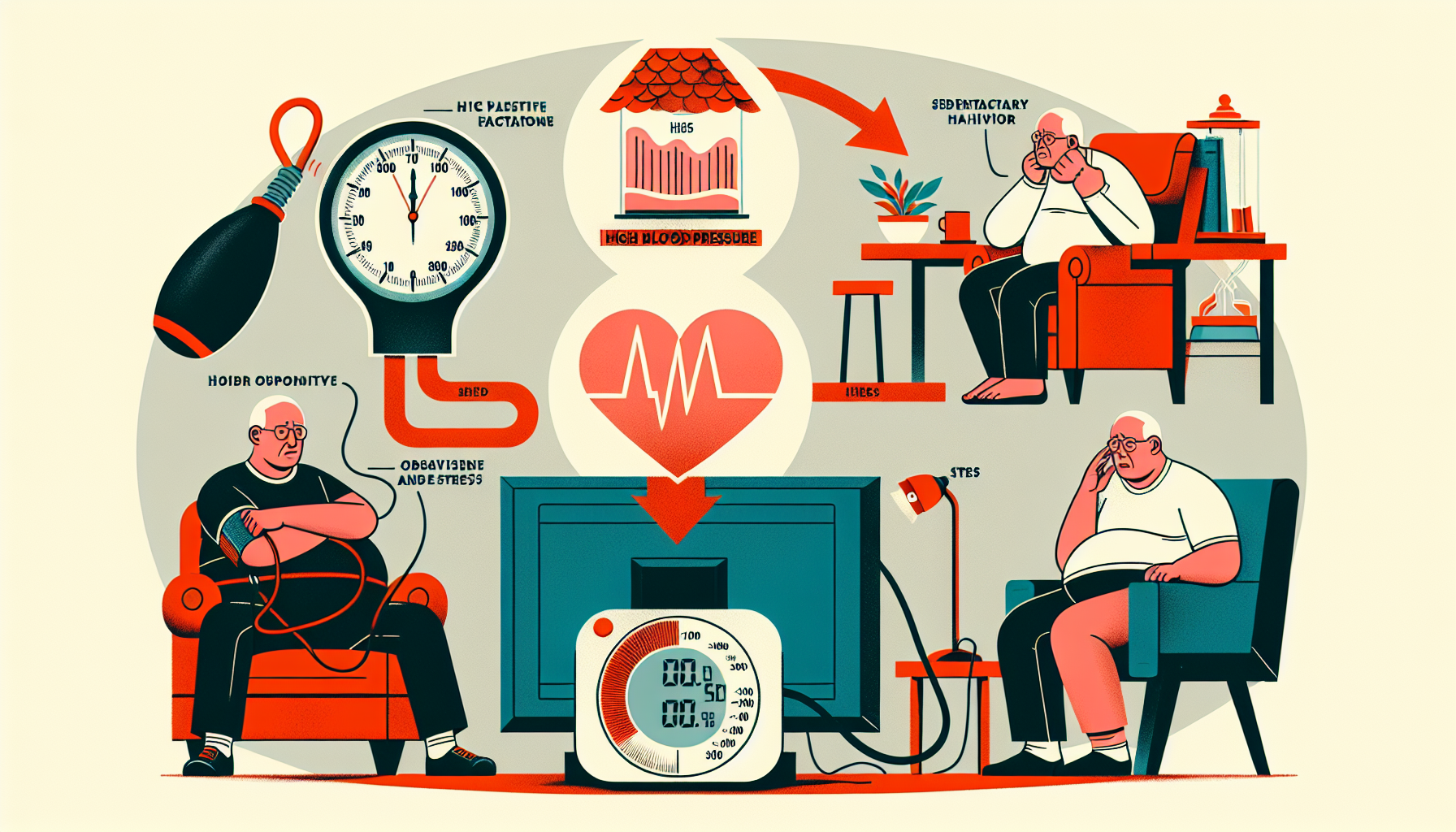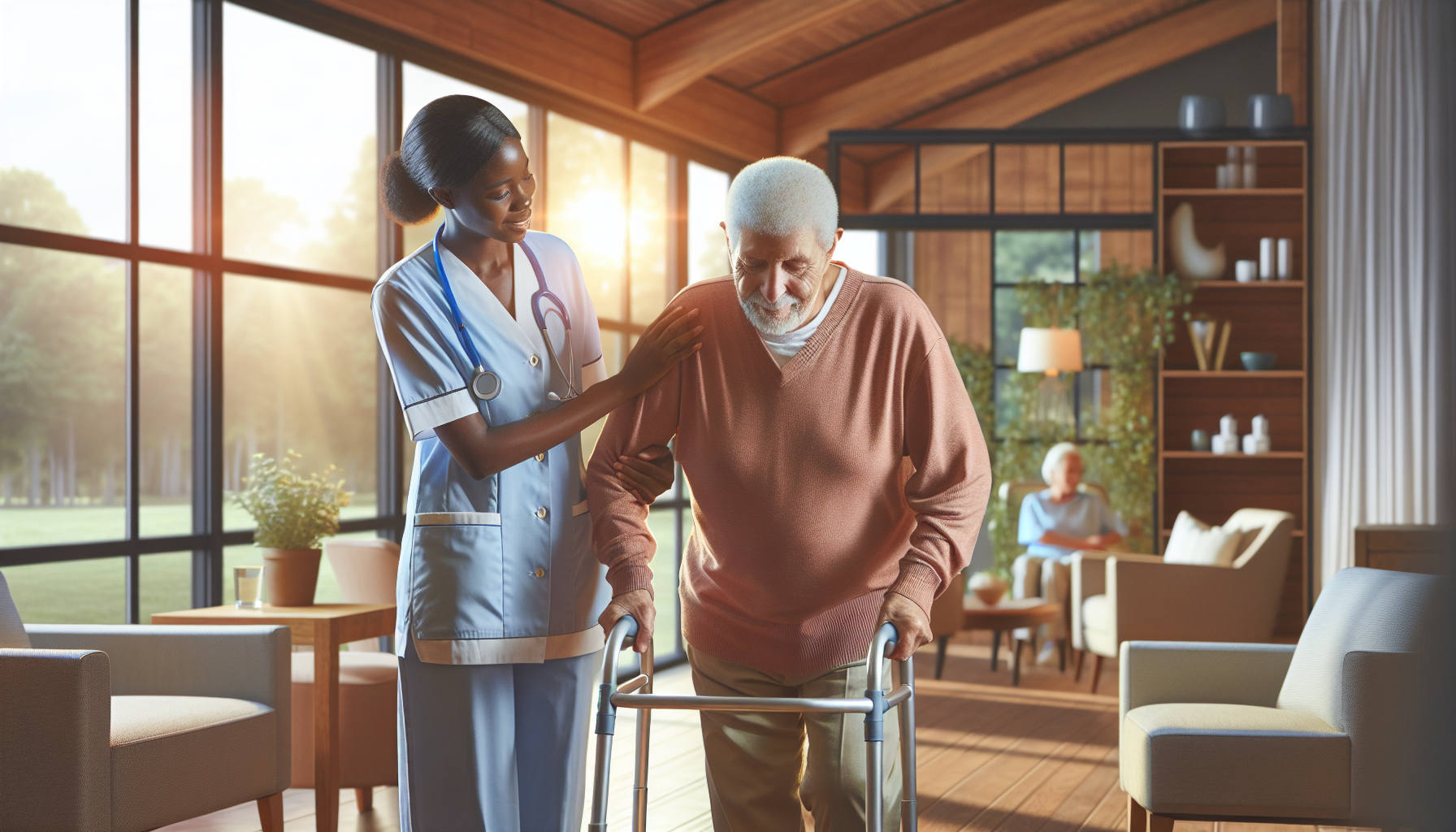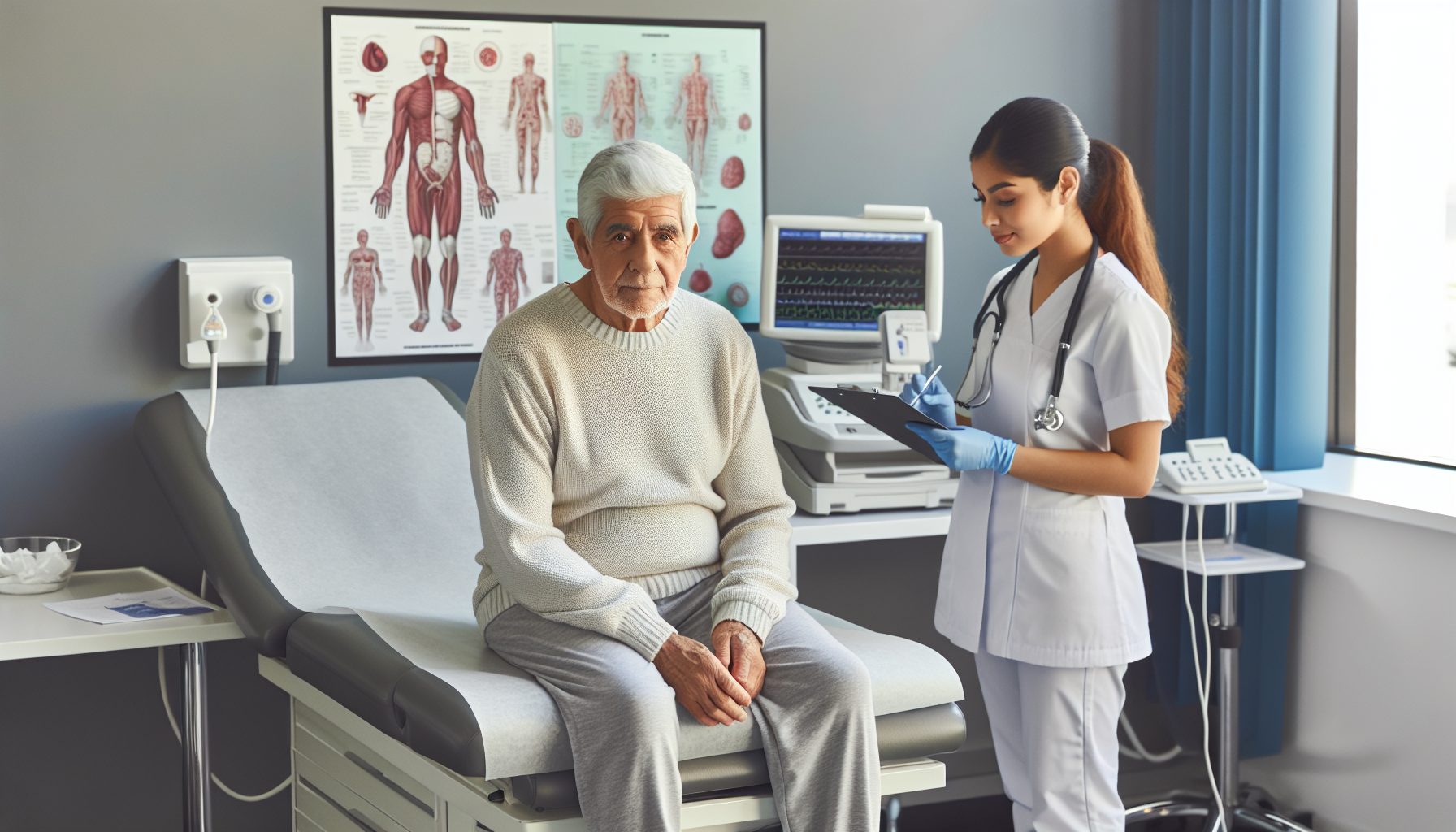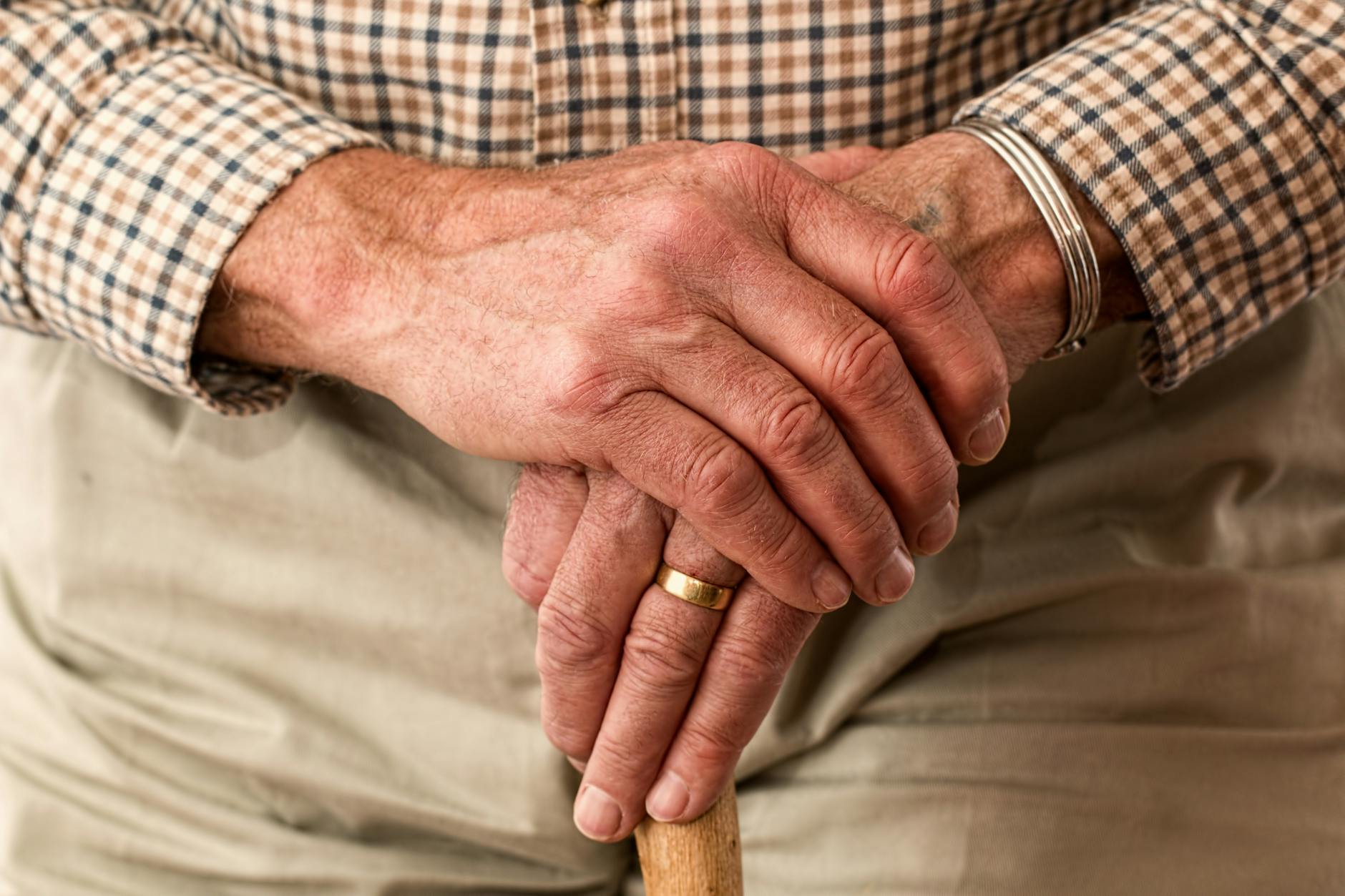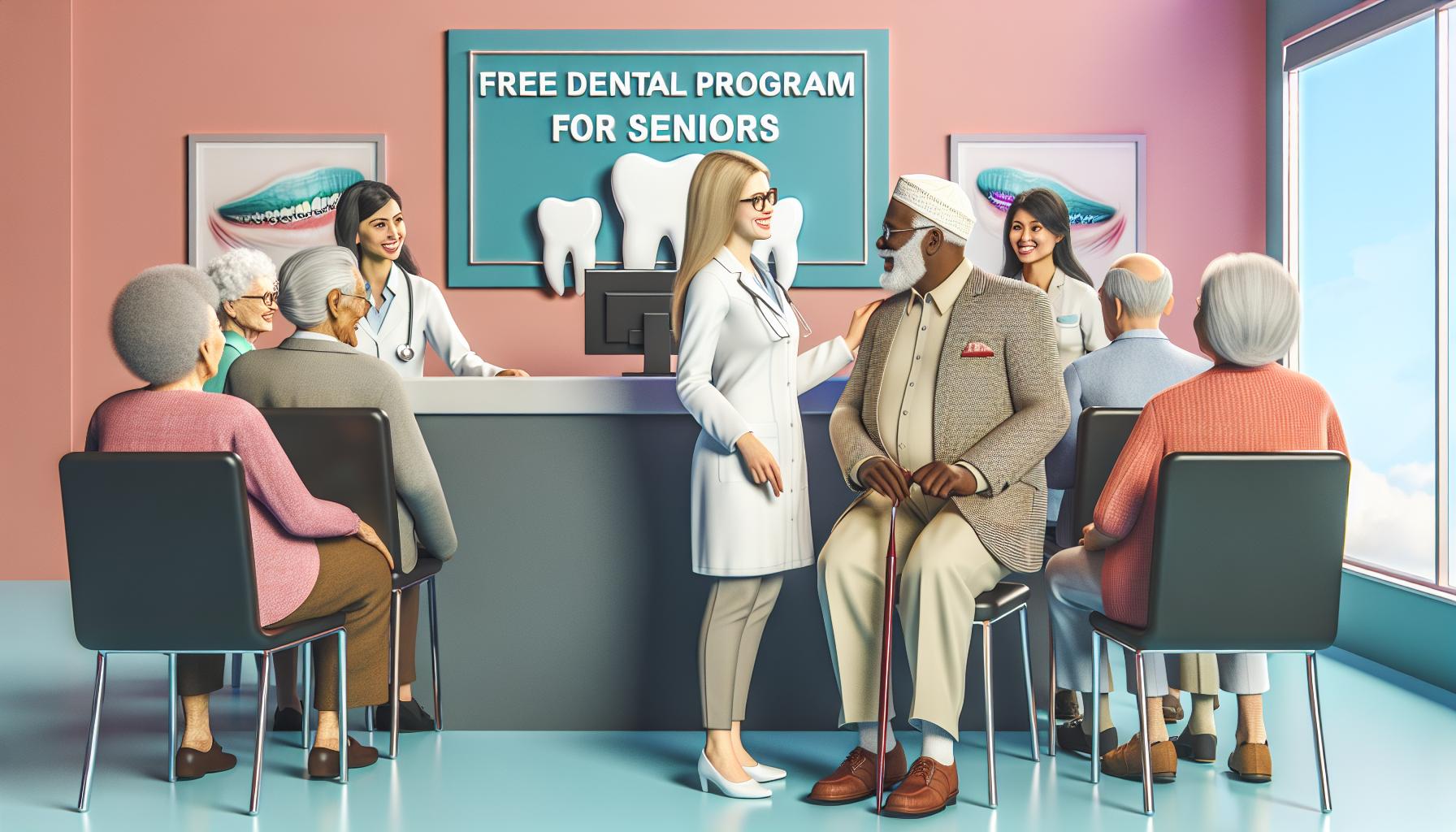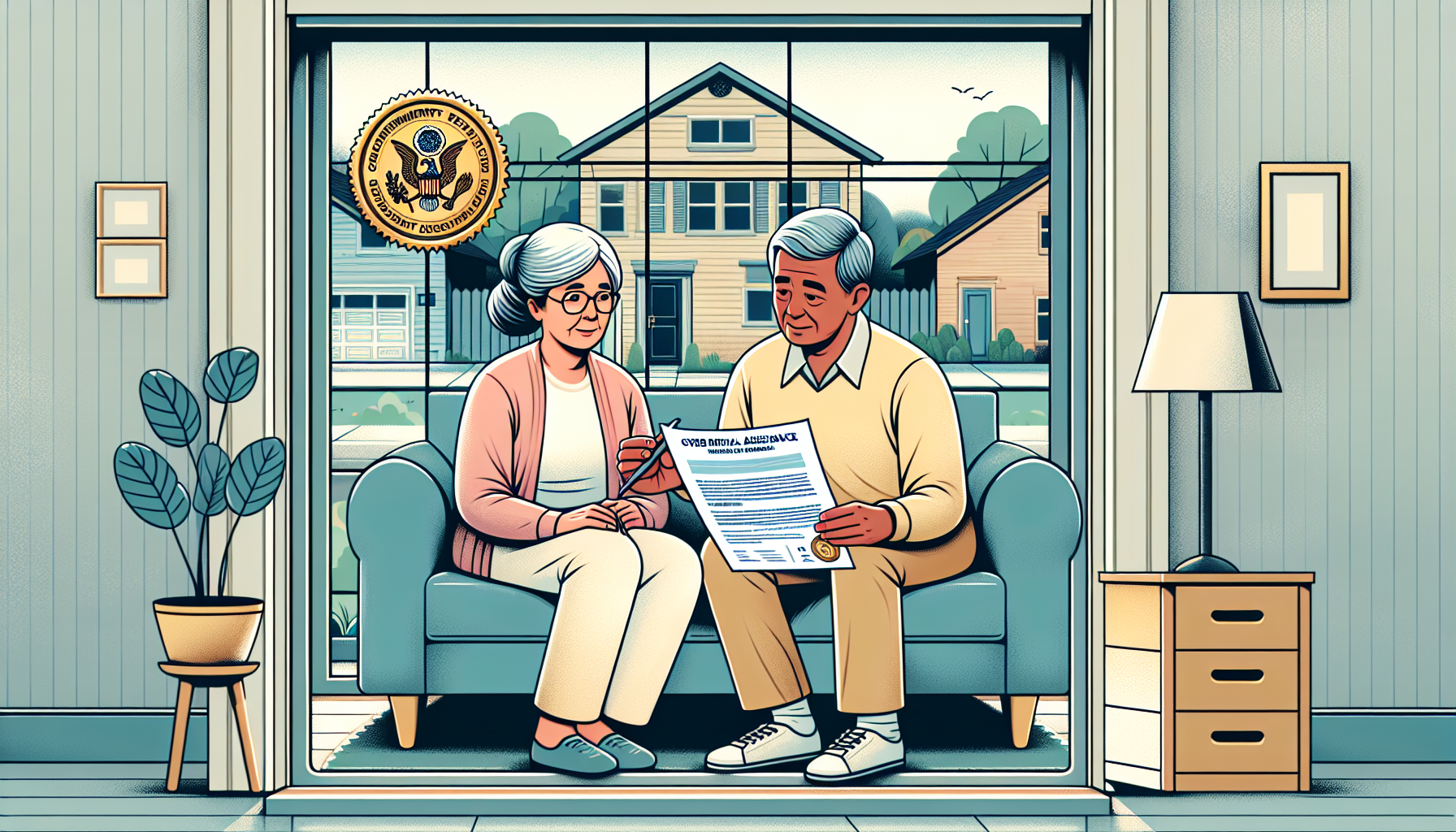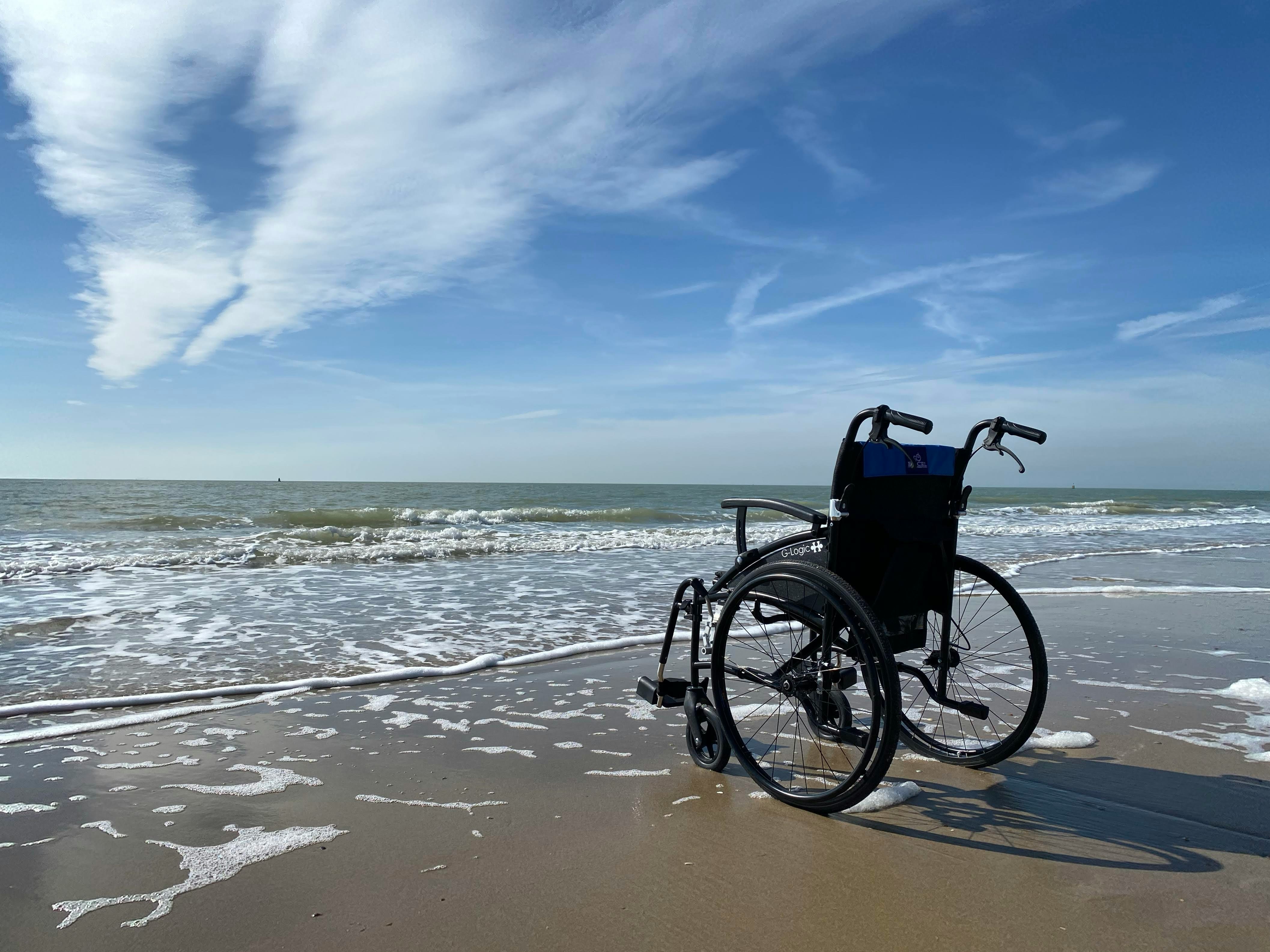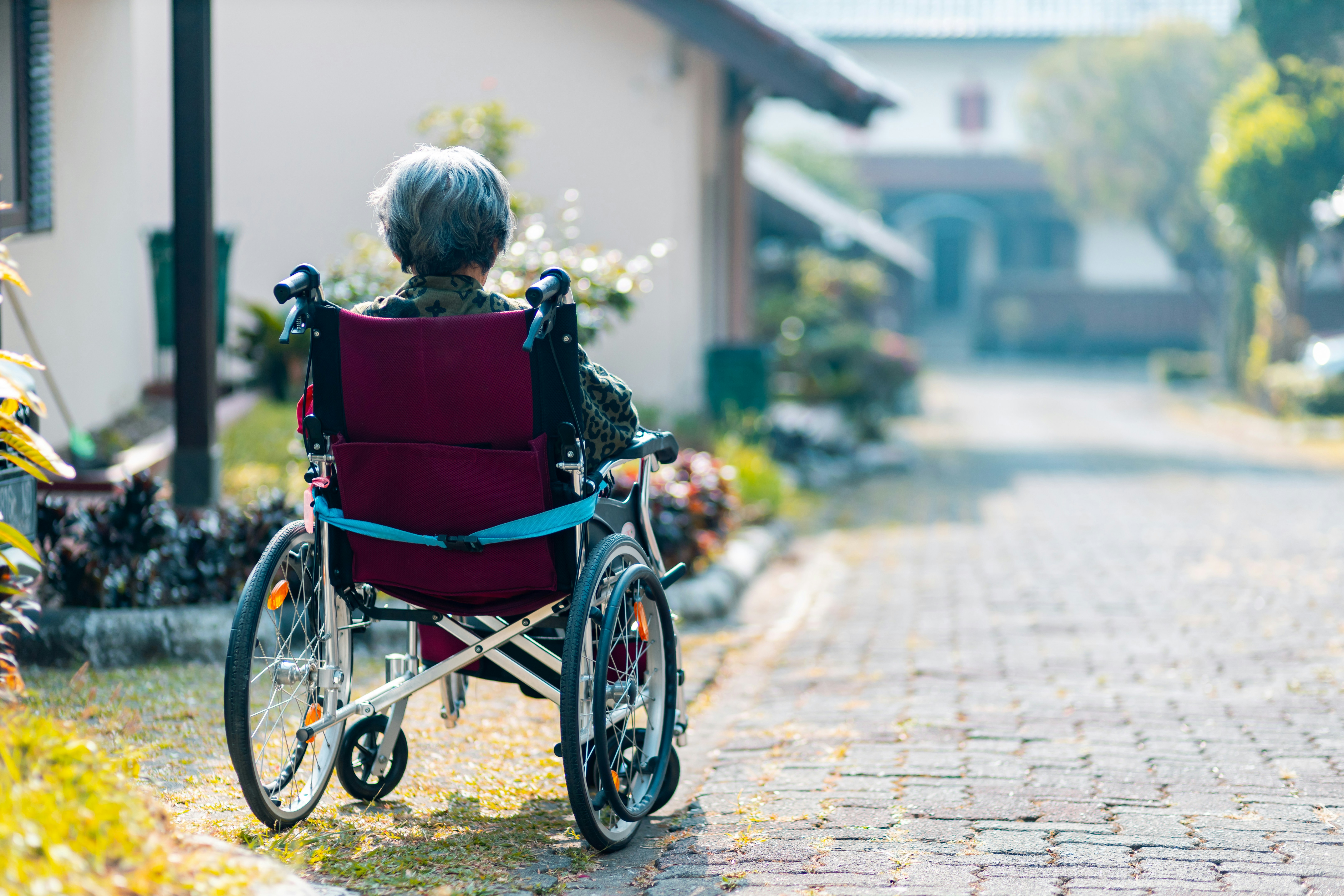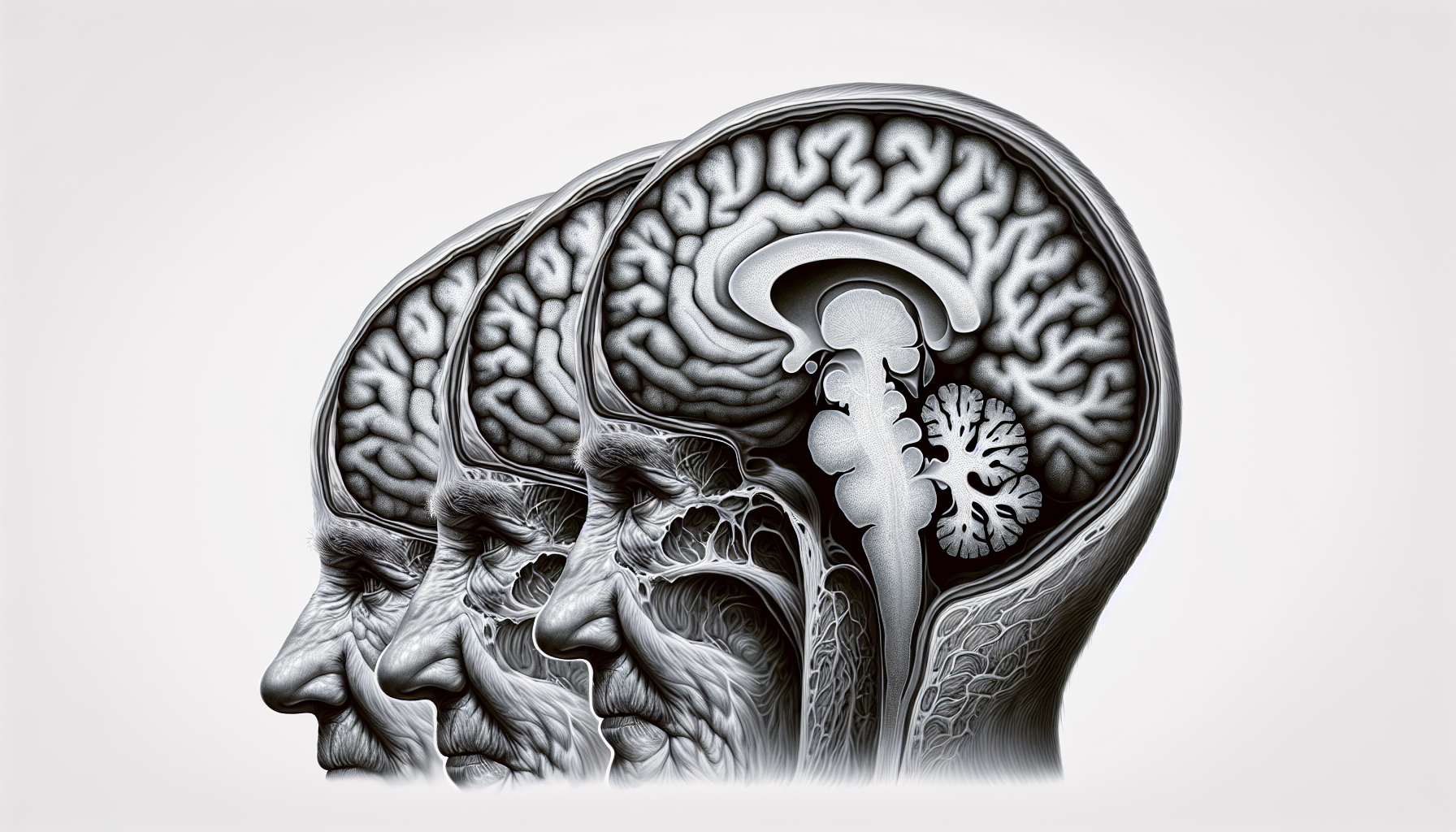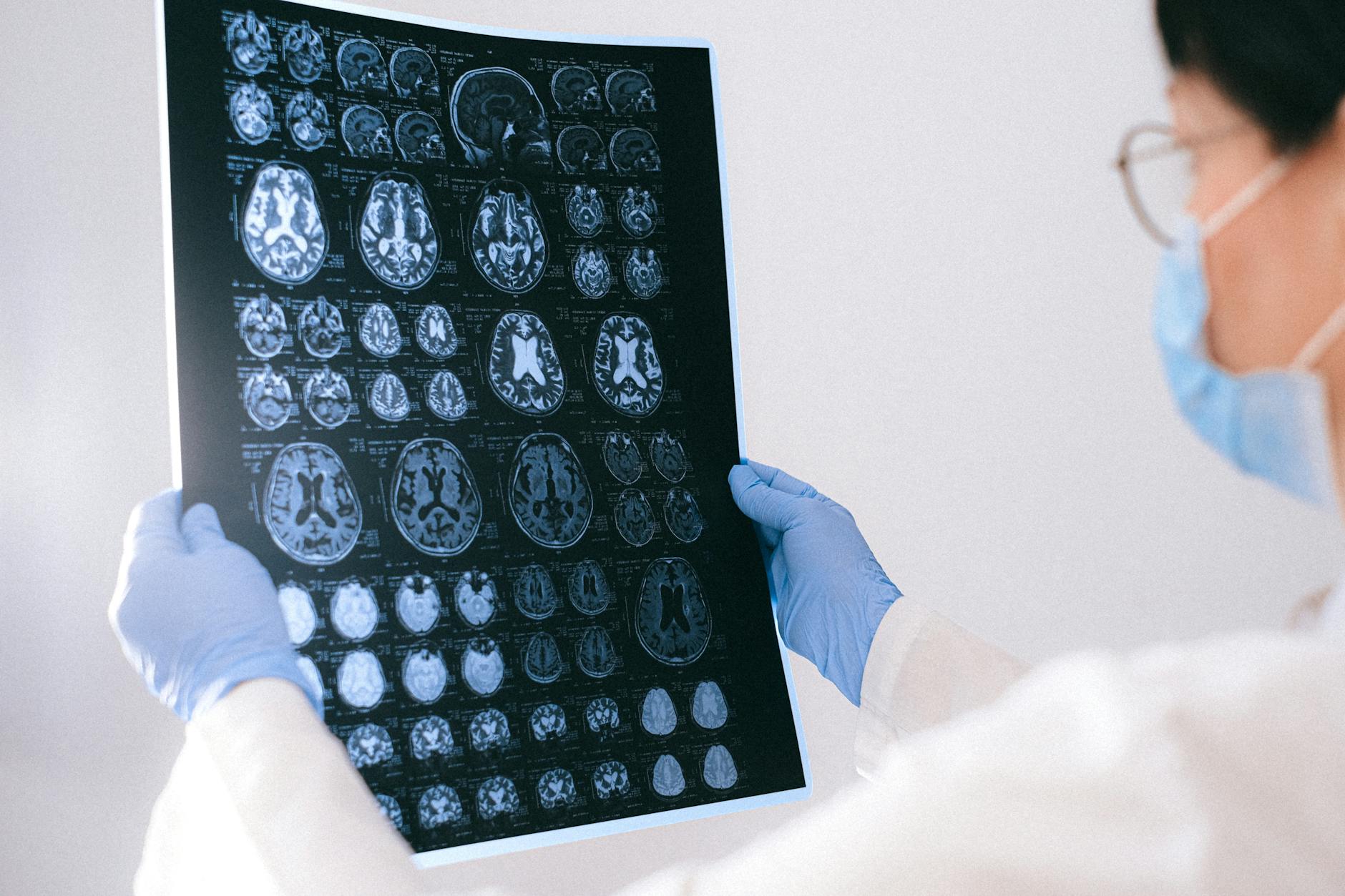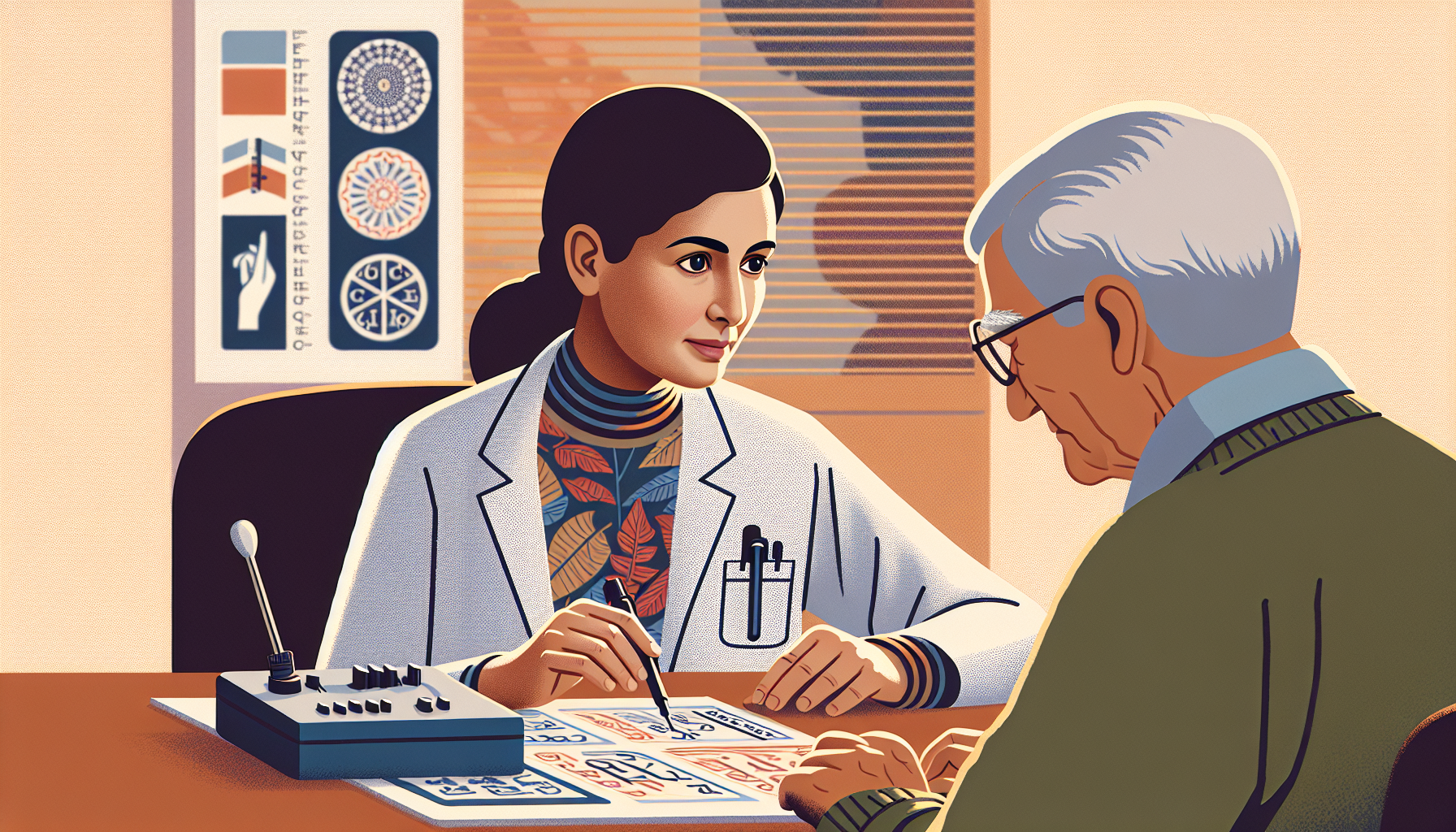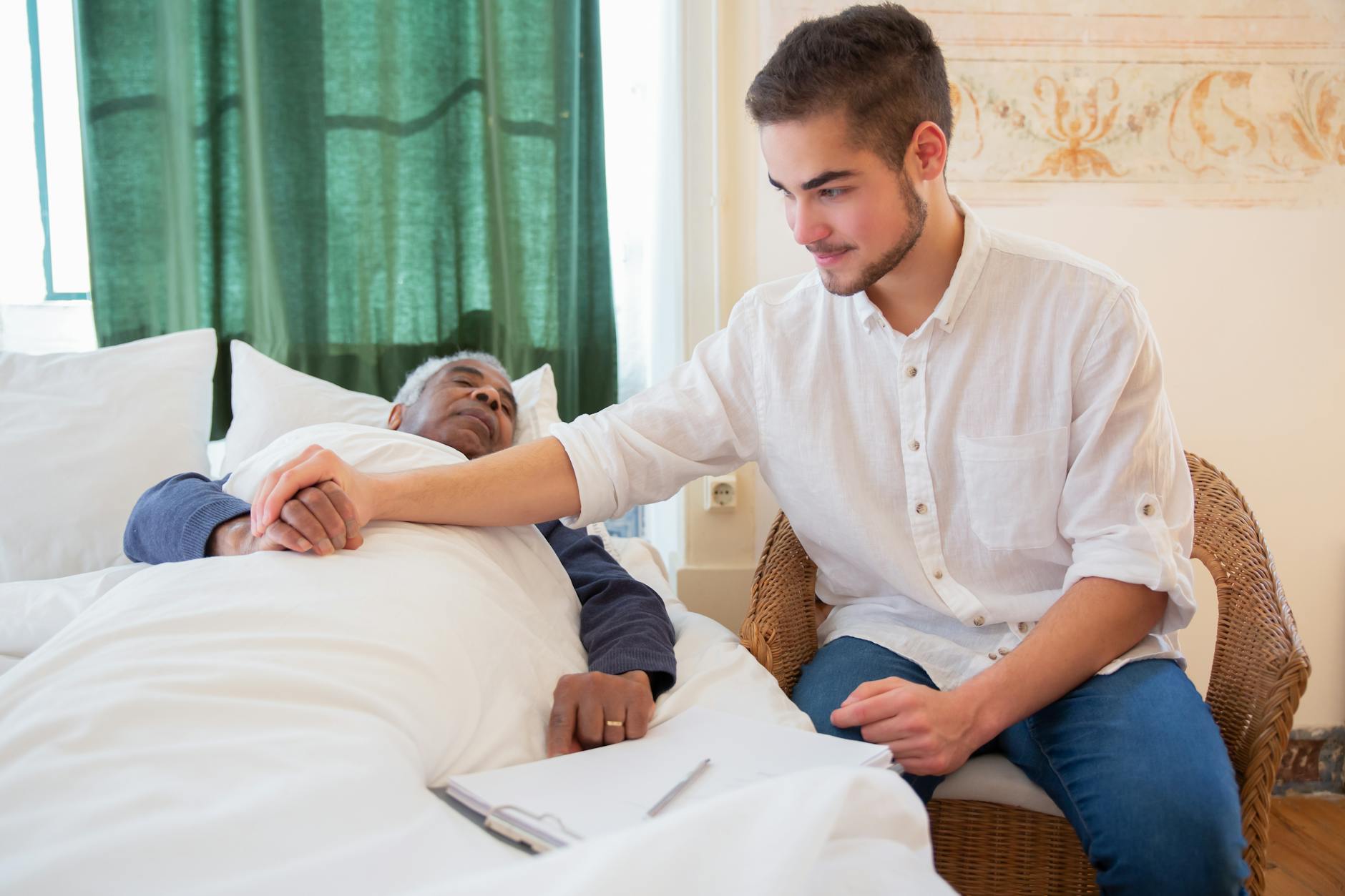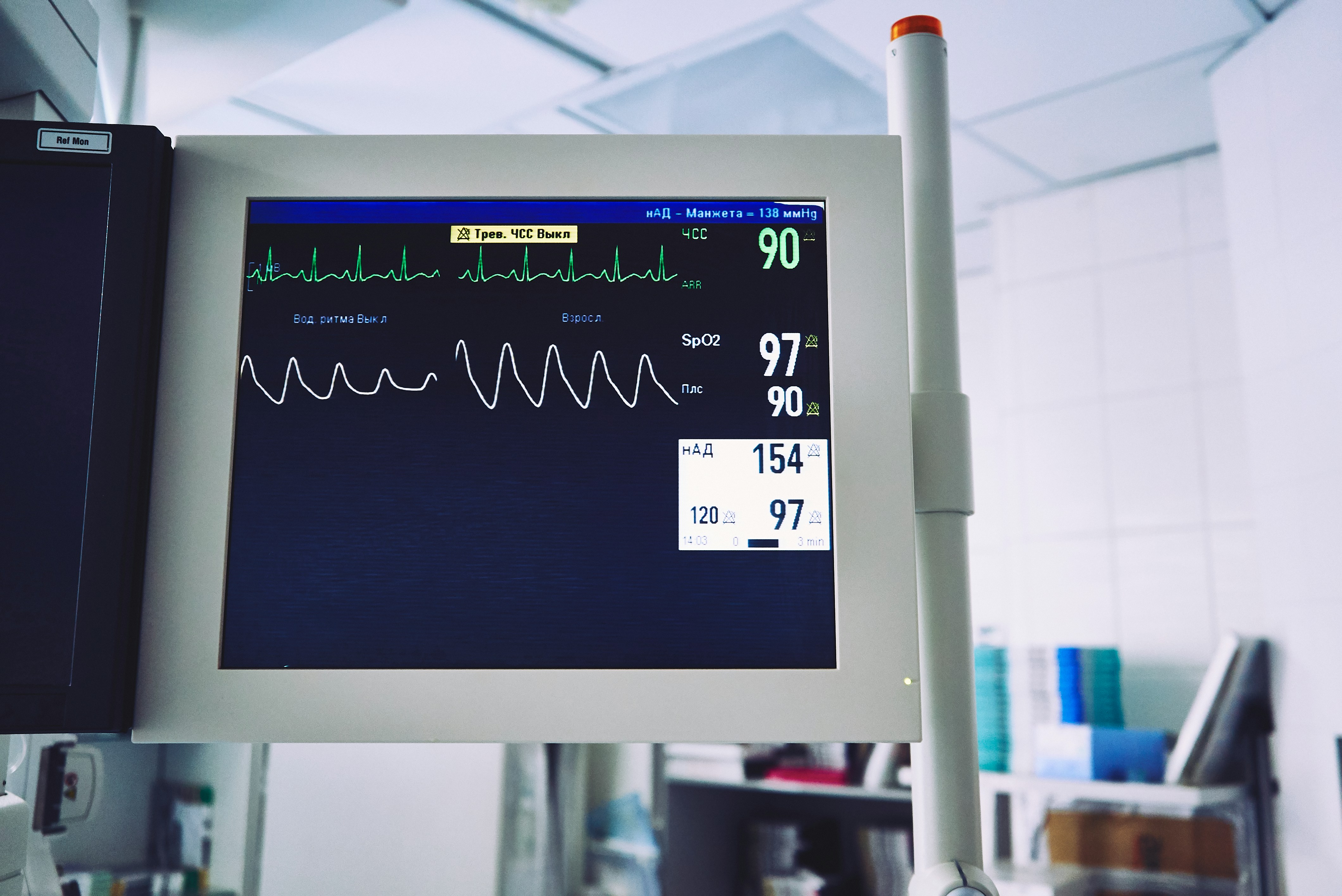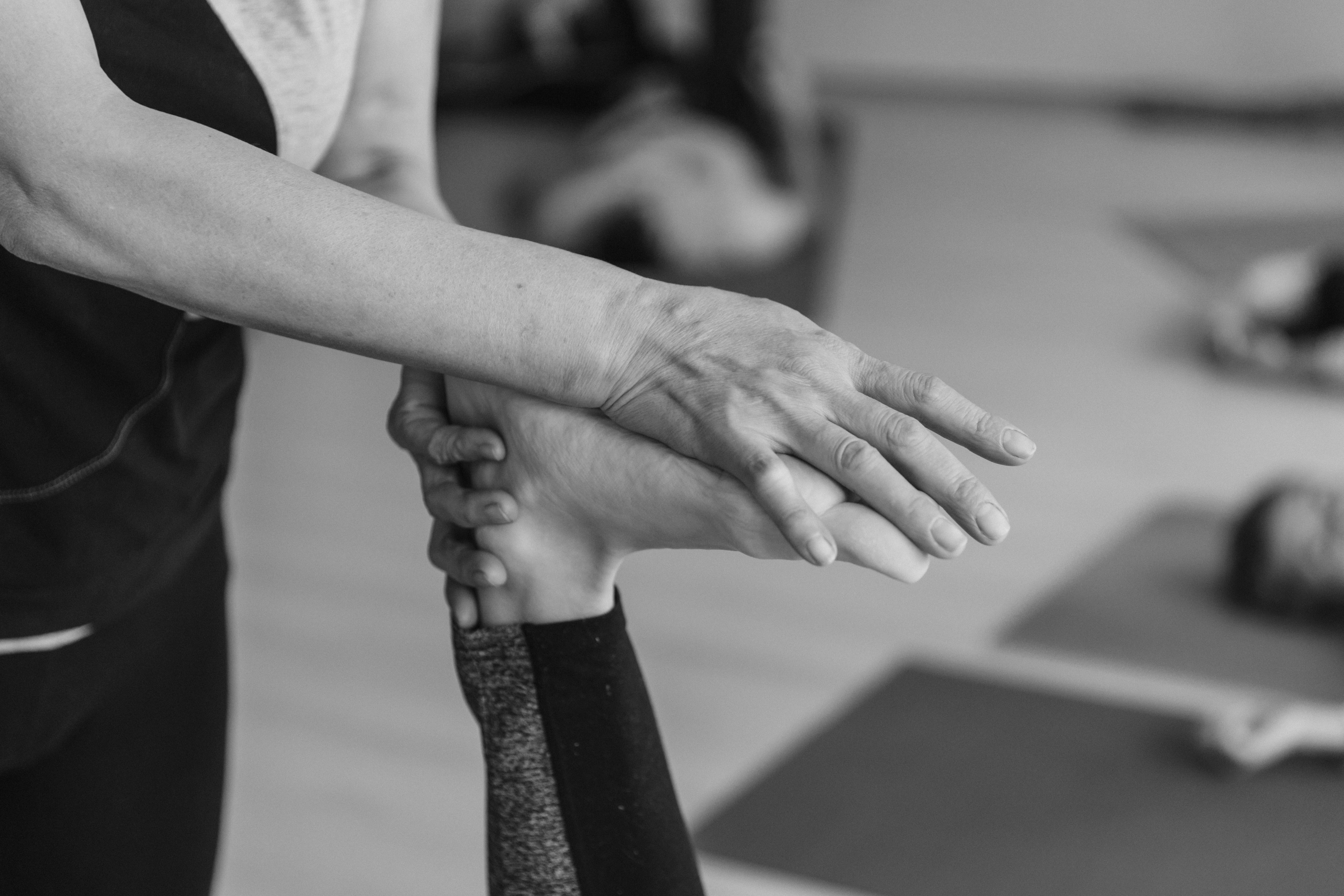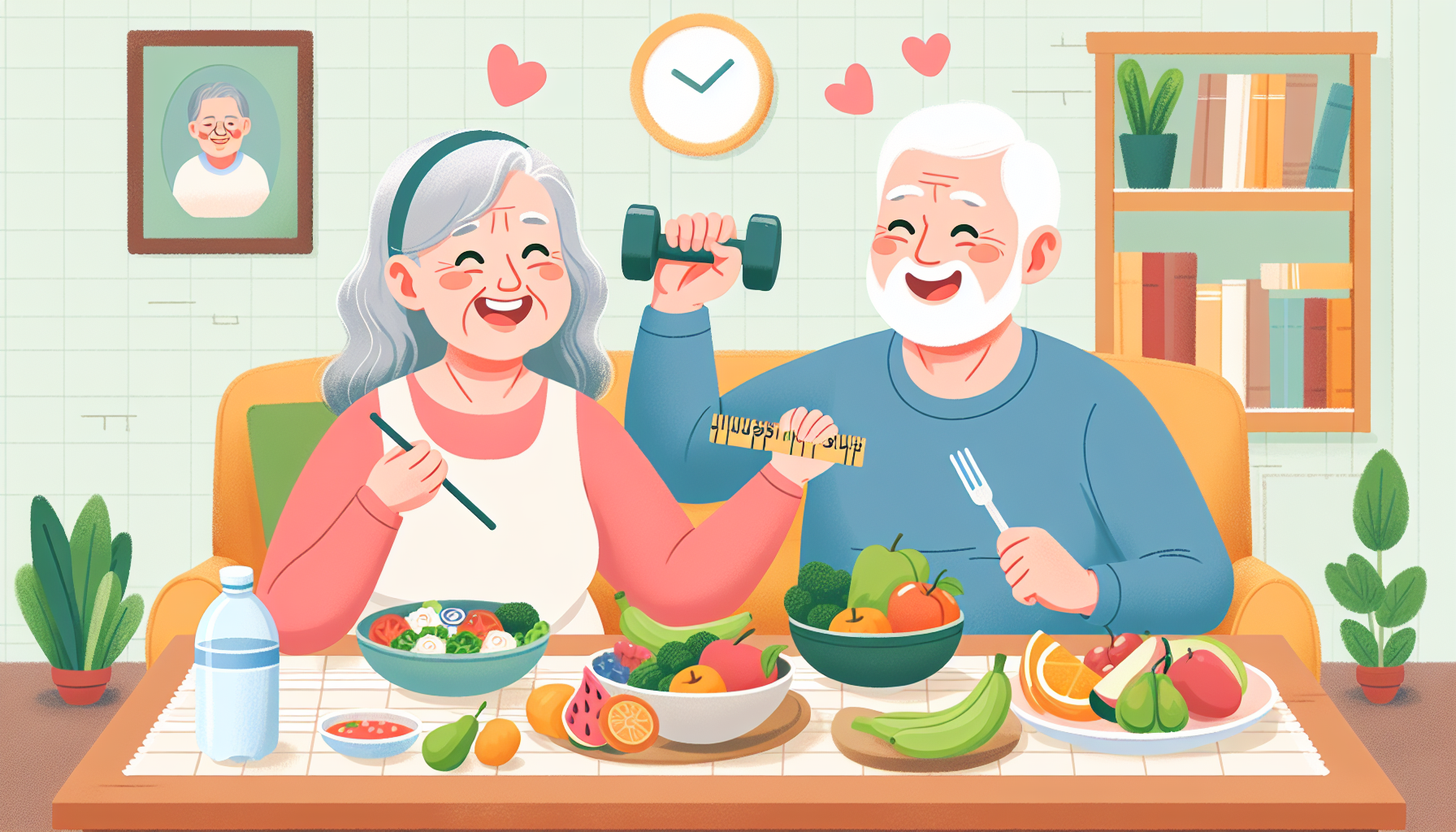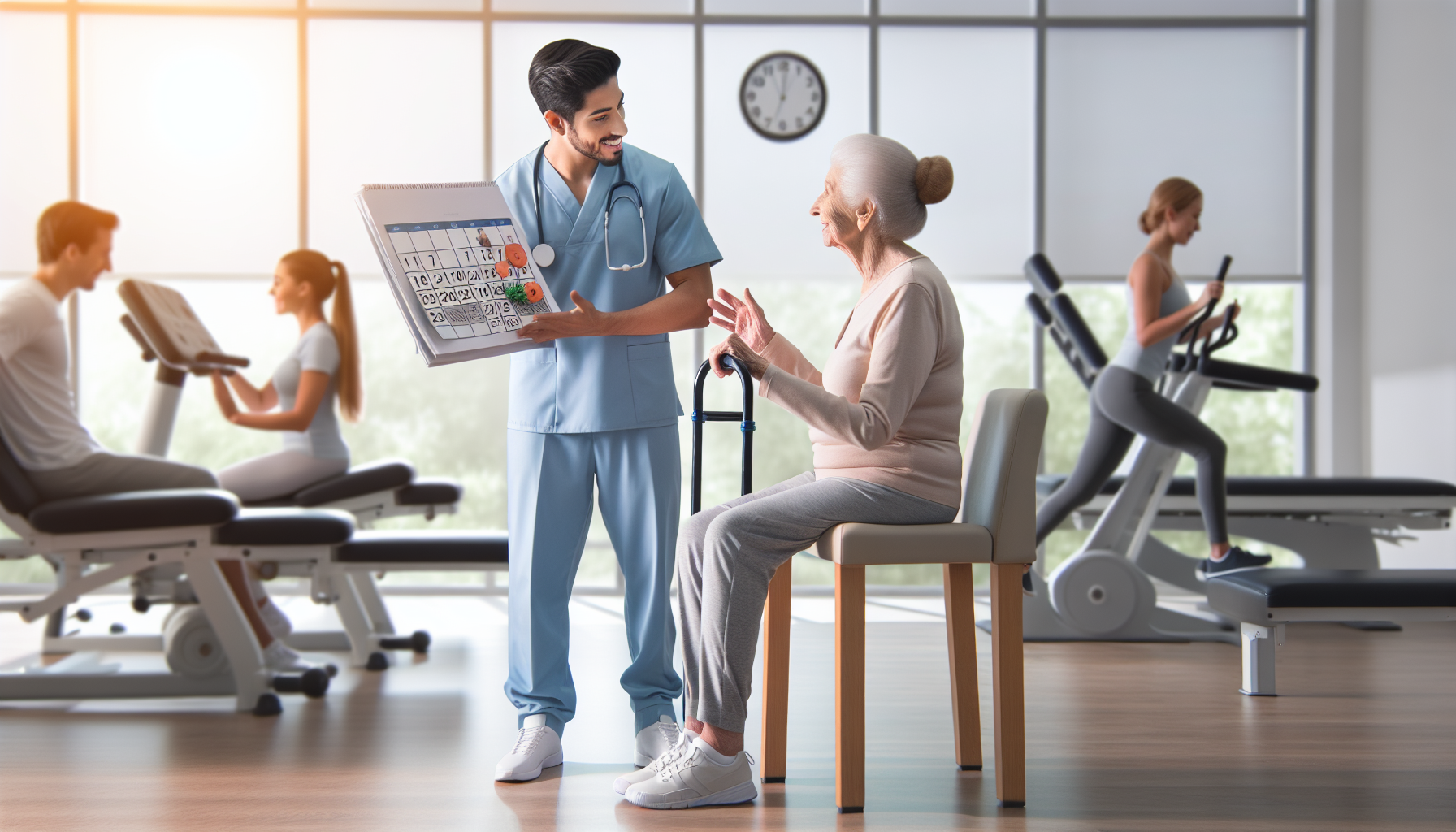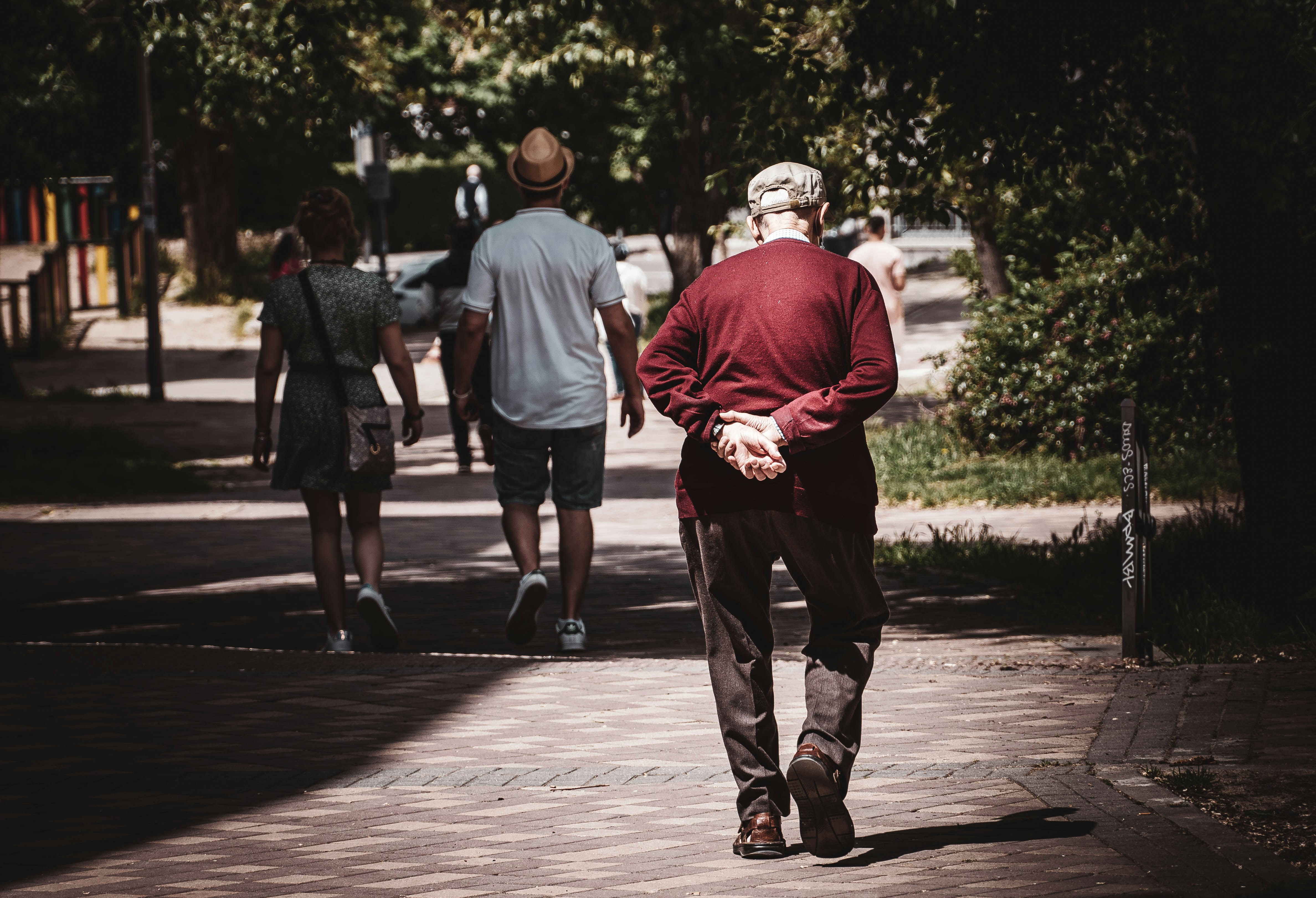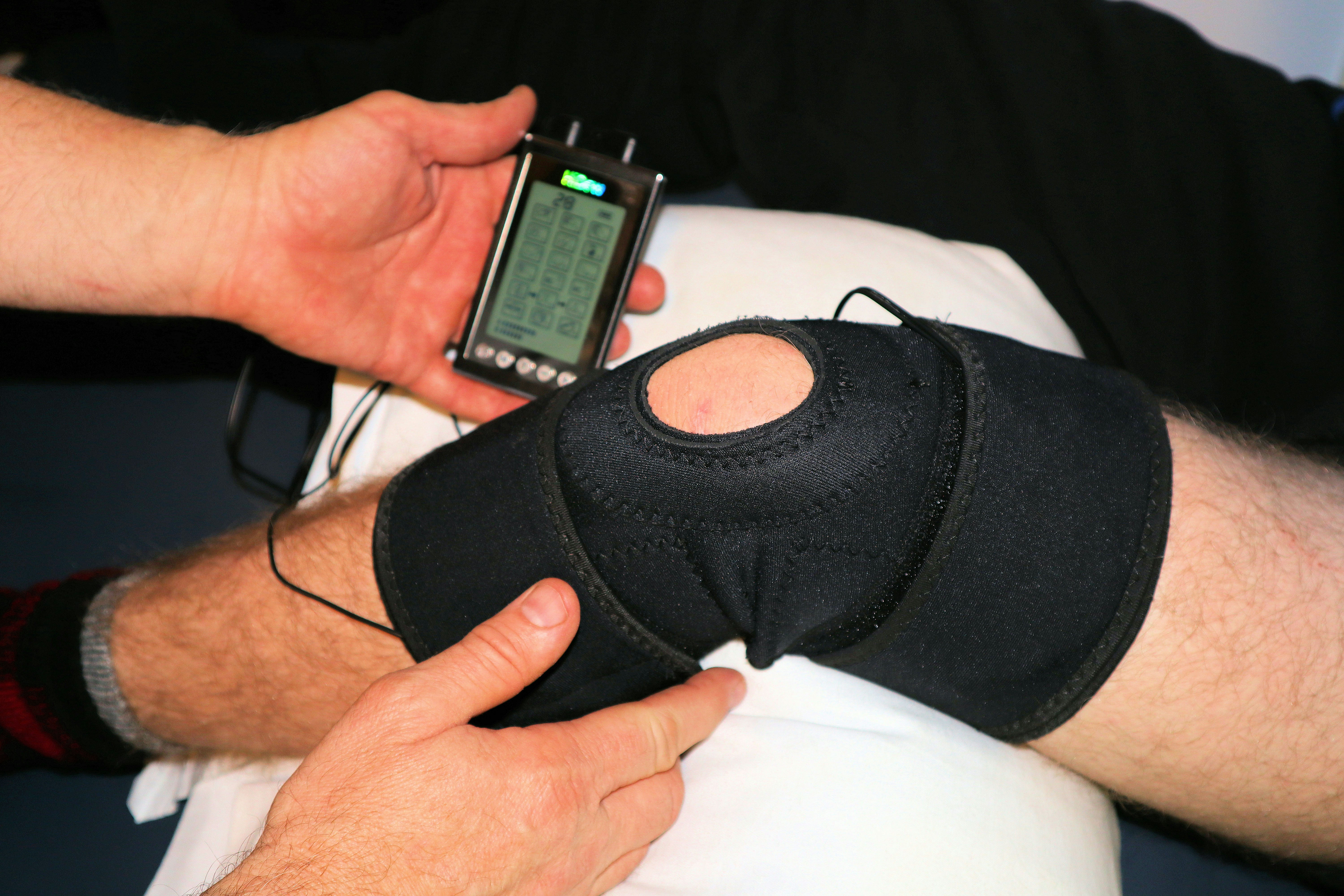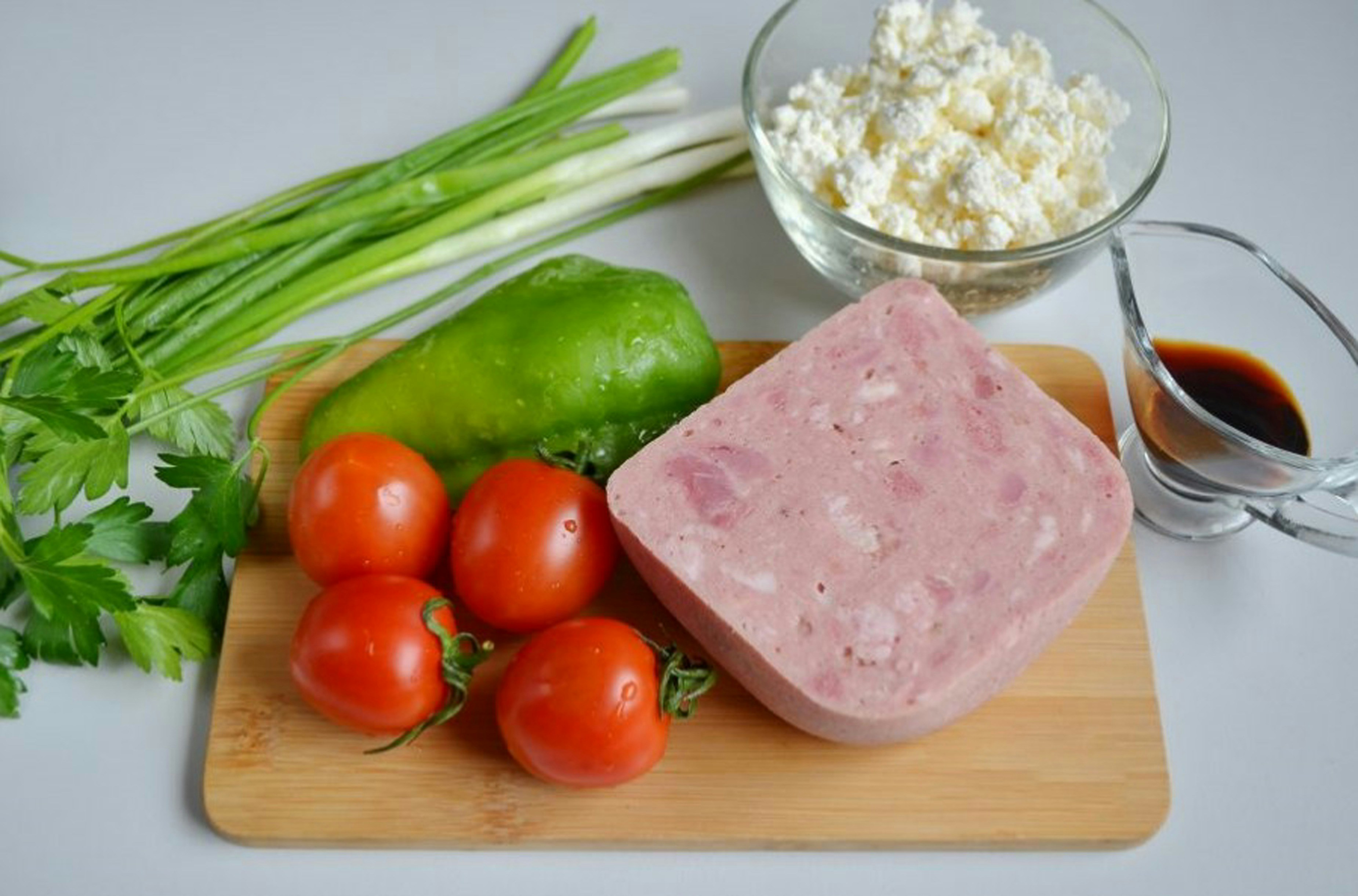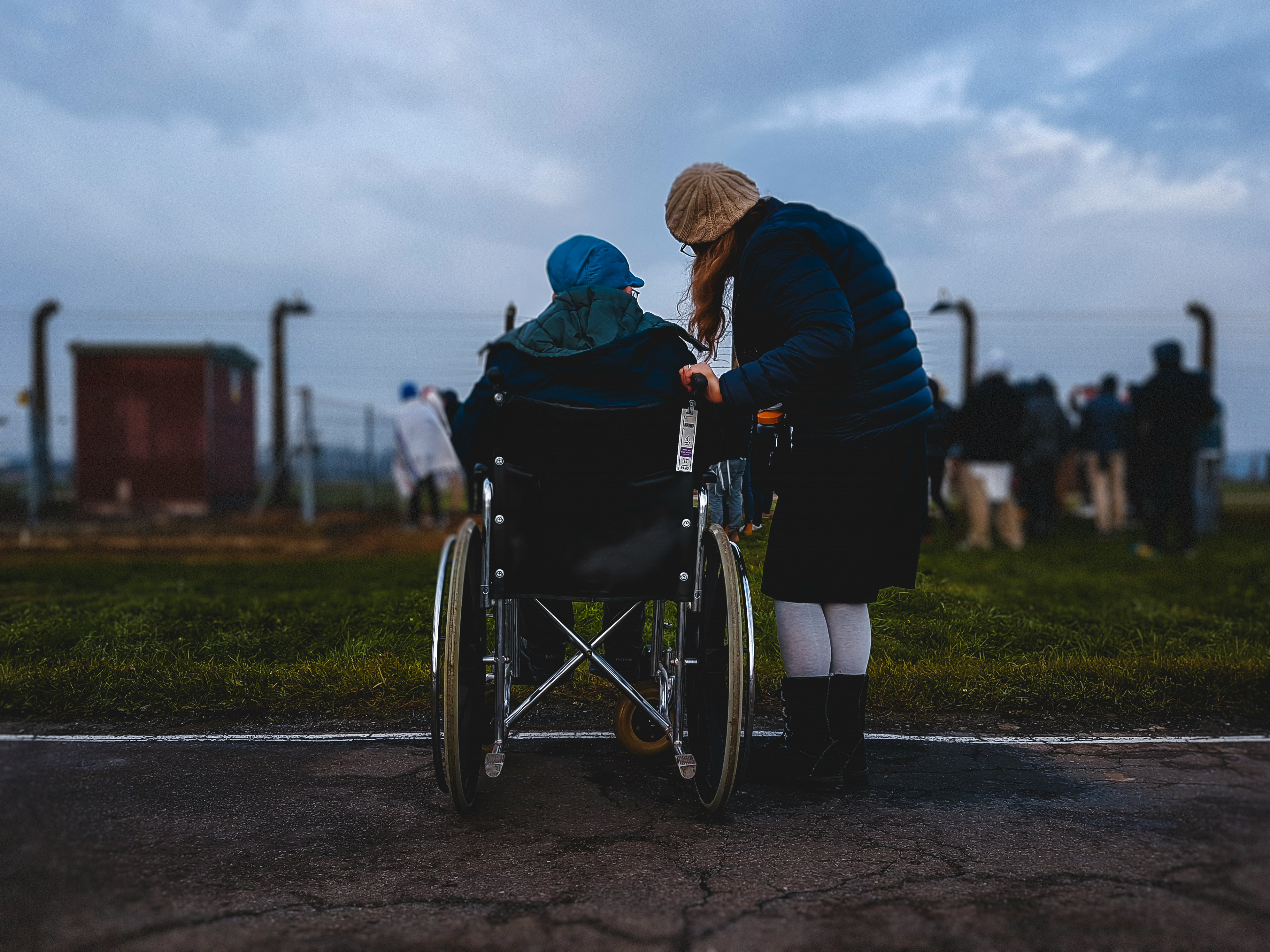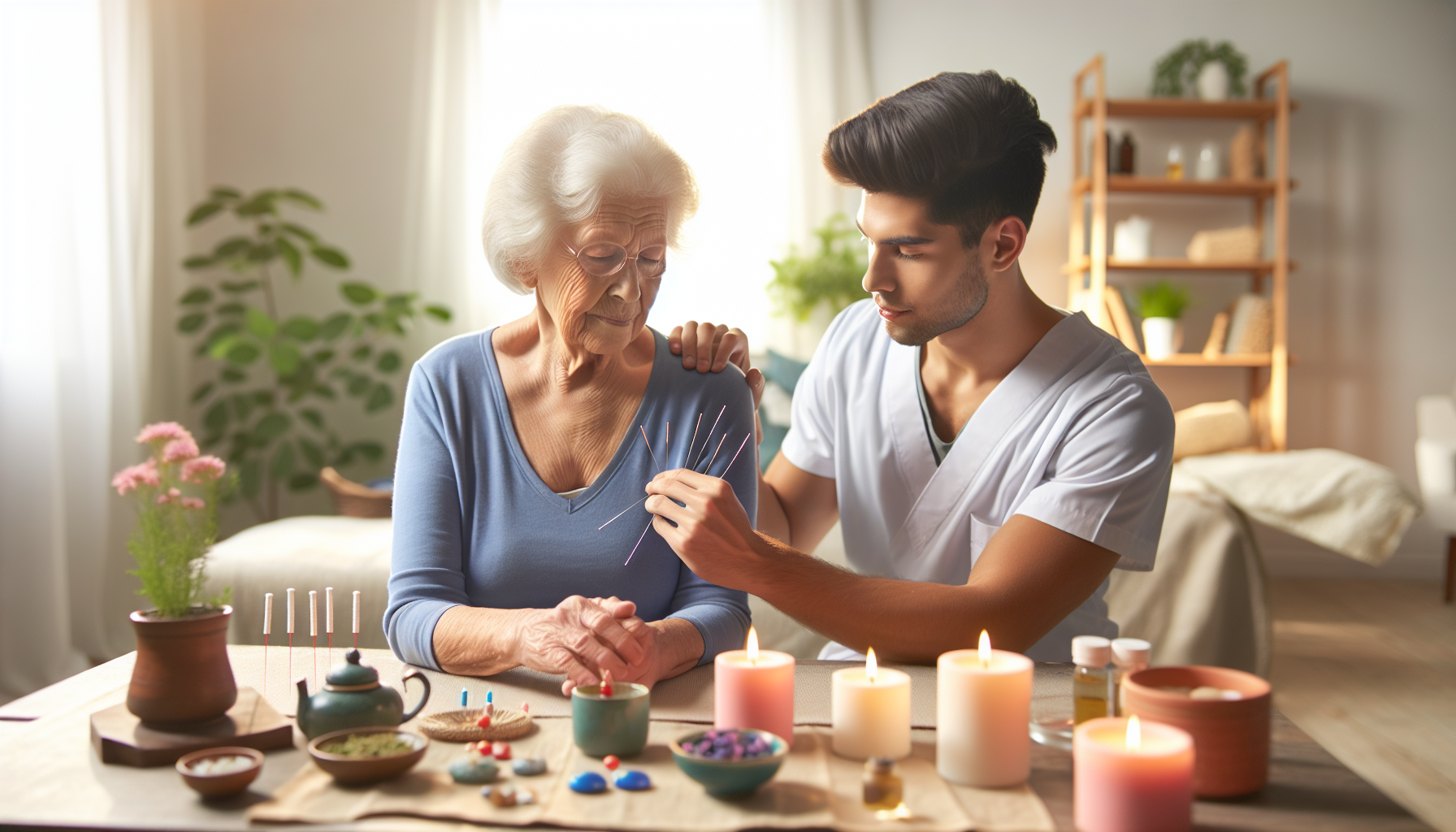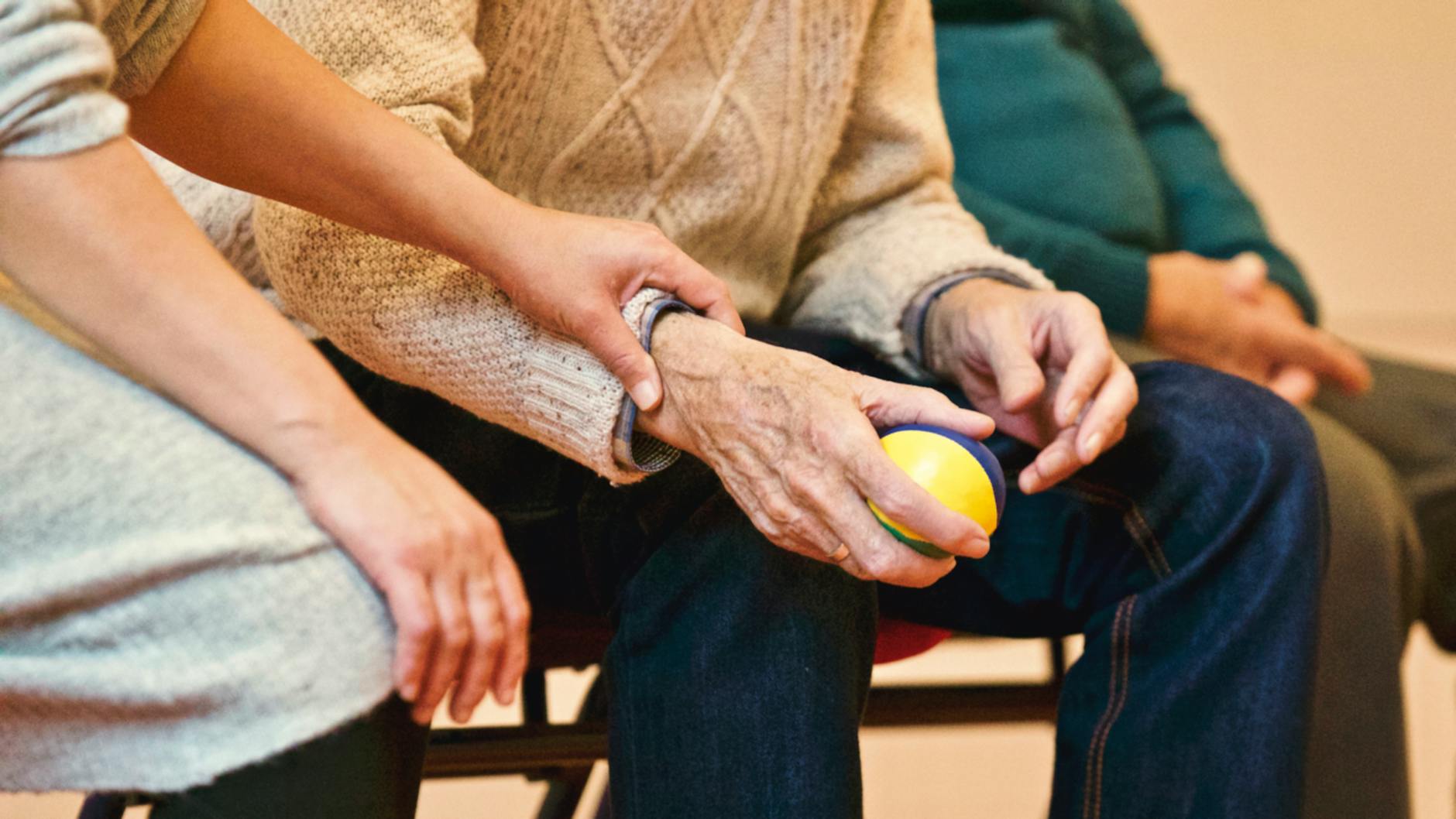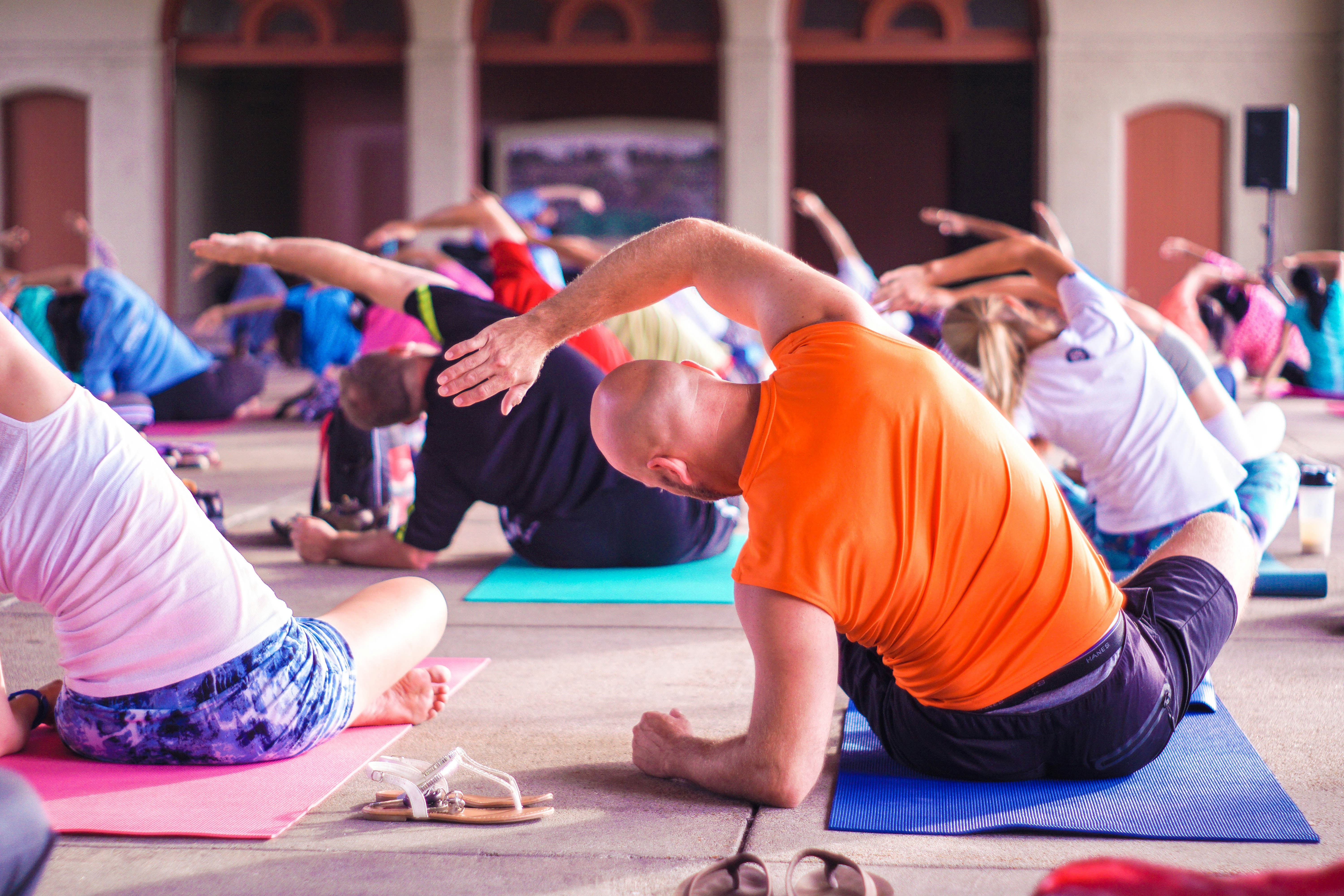What Helps Arthritis Pain In the Elderly?
Discover effective ways to ease arthritis pain in the elderly.
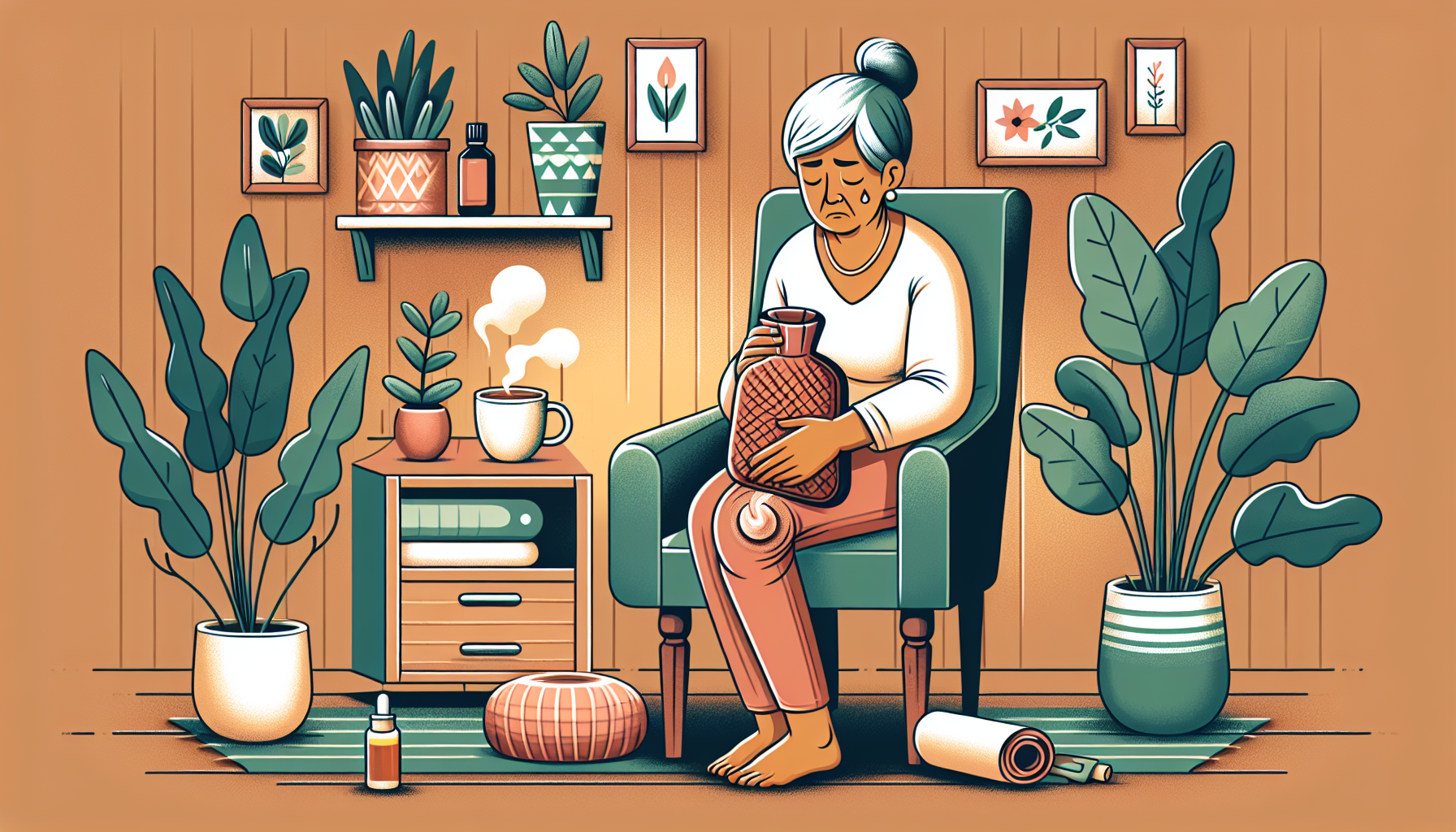
Understanding Arthritis Pain in Seniors
Arthritis is a condition that affects a significant number of older adults, causing pain and discomfort in their daily lives. Understanding the impact of arthritis on aging and the different types of arthritis in the elderly is crucial for effective management and support.
Impact of Arthritis on Aging
Arthritis is a common condition that affects millions of adults in the United States. According to Scripps Health, more than 50 million adults in the United States have been diagnosed with arthritis, and this number is expected to rise to nearly 80 million by 2040. Almost half of adults aged 65 and older have some form of arthritis.

As individuals age, the risk of developing arthritis increases. Factors such as wear and tear on joints, previous injuries, and genetic predisposition contribute to the development of arthritis. Additionally, other chronic conditions like obesity, diabetes, and heart disease can increase the likelihood of developing arthritis.
Types of Arthritis in the Elderly
There are several types of arthritis that commonly affect the elderly population. The two most prevalent types are osteoarthritis and rheumatoid arthritis.
Osteoarthritis
Osteoarthritis is the most common type of arthritis among seniors. It is a degenerative joint disease that occurs most frequently in the hands, hips, and knees. Over time, the cartilage that cushions the joints wears away, causing pain, stiffness, and reduced mobility. The risk of developing osteoarthritis increases with age.
Rheumatoid Arthritis
Rheumatoid arthritis is an autoimmune disease that primarily affects the joints. It occurs when the immune system mistakenly attacks the body's own tissues, leading to joint inflammation, pain, and swelling. Rheumatoid arthritis can affect people of all ages, including the elderly. It is important to note that rheumatoid arthritis is different from osteoarthritis, as it is not solely attributed to age-related wear and tear.
Understanding the specific type of arthritis an elderly individual is experiencing is essential for determining the most appropriate treatment and management strategies. Each type of arthritis may require different approaches to alleviate pain and improve quality of life.
Managing Arthritis Pain Naturally
For seniors dealing with arthritis pain, there are natural approaches that can help alleviate discomfort and improve their quality of life. Two effective methods for managing arthritis pain naturally are guided imagery and hypnosis, as well as exploring various natural therapies.
Guided Imagery and Hypnosis
Guided imagery and hypnosis are techniques that can be used to reduce arthritis pain and promote relaxation. These approaches involve using the power of the mind to create positive mental images and alter perceptions of pain. By focusing on calming and soothing images, seniors can help distract themselves from the discomfort associated with arthritis.
Guided imagery typically involves listening to recorded scripts or audio programs that guide individuals through visualization exercises. These exercises can help seniors imagine themselves in a peaceful and pain-free environment, promoting relaxation and reducing stress. Hypnosis, on the other hand, is a technique that involves entering a state of focused attention and heightened suggestibility. Under the guidance of a trained professional, hypnosis can help seniors access their subconscious mind to change their perception of pain.
Natural Therapies for Arthritis
Complementary and alternative therapies offer additional options for managing arthritis pain in the elderly. While these therapies may not be suitable for everyone, they have shown promise in providing relief to some individuals. Some natural therapies that can be explored include:
- Aerobic Exercise: Engaging in regular aerobic exercise, such as walking or swimming, can help reduce arthritis pain and improve joint flexibility. Consult with a healthcare professional to determine the appropriate level of exercise for the specific needs of the individual.
- Strength Training: Incorporating strength training exercises into a routine can help build muscle strength, which supports the joints and reduces stress on them. Focus on exercises that target the muscles surrounding the affected joints.
- Weight Management: Maintaining a healthy weight is crucial for managing arthritis pain, particularly in weight-bearing joints. Shedding excess pounds can alleviate strain on the joints and improve overall mobility.
- Tai Chi: This gentle form of exercise combines slow, flowing movements with deep breathing and relaxation techniques. It has been found to be beneficial for managing arthritis pain and improving balance and flexibility.
- Self-Management Programs: Participating in self-management programs, such as arthritis self-help courses or workshops, can provide seniors with valuable tools and techniques for coping with arthritis pain and maintaining an active lifestyle.
- Acupuncture: Some individuals find relief from arthritis pain through acupuncture, a traditional Chinese medicine practice. Acupuncture involves the insertion of thin needles into specific points on the body to promote pain relief and overall well-being.
It's important to note that while these natural therapies may offer relief for some individuals, they may not work for everyone. It is recommended to consult with a healthcare professional or a licensed practitioner to determine the most suitable options and ensure safe implementation of these therapies.
By exploring guided imagery, hypnosis, and natural therapies, seniors with arthritis can take a proactive approach to managing their pain. These methods, in combination with other lifestyle adjustments and potential medical treatments, can contribute to improved comfort and overall well-being.
Lifestyle Adjustments for Arthritis Relief
When it comes to managing arthritis pain in the elderly, making certain lifestyle adjustments can significantly alleviate discomfort and improve overall well-being. Here are three key areas to focus on: weight management, a balanced diet for arthritis, and the importance of physical activity.
Weight Management
Maintaining a healthy weight is crucial for individuals with arthritis, as excess weight can put added stress on the joints. According to Scripps Health, four tips to help reduce the risk of arthritis include maintaining a healthy weight. By shedding excess pounds, you can alleviate pain and slow the progression of arthritis.
Tips for Weight Management
- Maintain a calorie-controlled diet
- Incorporate regular physical activity
- Consult a healthcare professional or nutritionist for personalized guidance
Balanced Diet for Arthritis
Eating a well-balanced diet is essential for managing arthritis pain. Certain foods possess anti-inflammatory properties that can help reduce joint inflammation and alleviate symptoms. While there is no one-size-fits-all arthritis diet, incorporating the following elements into a balanced eating plan can be beneficial:
- Omega-3 fatty acids: Found in fatty fish like salmon, mackerel, and sardines, as well as walnuts and flaxseeds, omega-3 fatty acids have anti-inflammatory effects that may help reduce joint pain and stiffness.
- Antioxidant-rich foods: Fruits and vegetables such as berries, cherries, spinach, and kale are packed with antioxidants that can help neutralize free radicals and reduce inflammation.
- Whole grains: Opt for whole grains like brown rice, quinoa, and whole wheat bread, which are rich in fiber and can help maintain a healthy weight.
- Limit processed foods: Minimize the consumption of processed foods, sugary snacks, and beverages, as they can contribute to inflammation and weight gain.
Importance of Physical Activity
Regular physical activity plays a crucial role in managing arthritis pain. Exercise helps ease pain and stiffness, increases strength, improves joint function, and enhances overall quality of life for individuals with arthritis. According to the Mayo Clinic, even moderate exercise can have significant benefits.
Recommended Physical Activities
- Walking
- Swimming
- Cycling
- Water aerobics[
- Range-of-motion exercises
- Strengthening exercises
It's important to note that exercise programs for arthritis should be tailored to individual needs. If you have any concerns or specific limitations, consult with a healthcare professional or physical therapist to develop a safe and effective exercise routine.
By focusing on weight management, incorporating a balanced diet, and engaging in regular physical activity, seniors with arthritis can experience relief from pain and improve their overall quality of life. Remember to consult with healthcare professionals for personalized guidance and recommendations based on individual circumstances.
Coping with Rheumatoid Arthritis
For individuals living with rheumatoid arthritis, managing daily activities and building a support system are important aspects of coping with the condition. Rheumatoid arthritis can significantly impact daily life, but with the right strategies and support, individuals can find ways to navigate through the challenges.
Daily Activity Management
Developing strategies to better manage daily activities can greatly benefit individuals with rheumatoid arthritis. Breaking down tasks into smaller parts and utilizing different devices and aids can make activities easier to accomplish. For example, dividing laundry into smaller loads or using assistive devices like jar openers or reachers can help reduce strain on the joints [3].
It's important for individuals with rheumatoid arthritis to prioritize their activities and pace themselves throughout the day. Taking regular breaks and listening to their bodies can help prevent overexertion and minimize pain. Additionally, practicing good posture and using ergonomic tools can reduce strain on the joints and make daily tasks more manageable.
Support System for Rheumatoid Arthritis
Having a strong support system is crucial for individuals with rheumatoid arthritis to manage everyday life. Family, friends, and caregivers play a vital role in providing emotional support, assisting with tasks when needed, and encouraging self-care. Understanding the condition and its associated limitations can help loved ones offer the right kind of support.
Support groups and online communities can also be valuable resources for individuals with rheumatoid arthritis. Connecting with others who share similar experiences can provide a sense of belonging and a platform to exchange tips and advice. These communities can be found through local organizations, social media groups, or online forums dedicated to rheumatoid arthritis.
In some cases, individuals with rheumatoid arthritis may continue to work with the condition. Continuing to work can help distract from symptoms, boost self-confidence, and maintain a sense of usefulness. Employers may make workplace adjustments to accommodate the condition, and state pension insurance may cover related costs in certain situations [3].
It's important to recognize that rheumatoid arthritis can also have psychological impacts on individuals. It may affect self-image, physical appearance, attractiveness, and feelings of guilt or loss of status. Seeking psychological treatment or counseling can be helpful for those whose mental health is affected by the condition. Professional support can provide coping mechanisms, improve overall well-being, and help individuals navigate the emotional challenges associated with rheumatoid arthritis.
By implementing strategies for daily activity management and building a strong support system, individuals with rheumatoid arthritis can improve their quality of life and better cope with the challenges the condition presents. It's crucial to remember that every individual's experience with rheumatoid arthritis is unique, and finding what works best for them may involve a combination of different approaches and support networks.
Exercise Strategies for Arthritis Relief
Regular exercise plays a crucial role in managing arthritis pain and improving overall well-being in elderly individuals. Exercise helps ease arthritis pain and stiffness, increases strength, makes moving easier, reduces joint pain, and helps fight tiredness. Even moderate exercise can have significant benefits, enhancing the quality of life for individuals with arthritis [4].
Benefits of Exercise for Arthritis
Engaging in the right kinds of exercise can improve health and fitness without putting excessive strain on the joints. Exercise helps strengthen the muscles that support the joints, reducing stress on the joints themselves. Here are some key benefits of exercise for arthritis:
- Reduced Joint Pain: Exercise can help alleviate joint pain by improving joint flexibility, reducing inflammation, and promoting the release of endorphins, which are natural pain relievers.
- Improved Functionality: Regular physical activity can enhance joint function, making it easier to perform daily activities such as walking, climbing stairs, and carrying out household tasks.
- Increased Strength: Strengthening exercises help build muscle strength, which in turn supports and stabilizes the joints. Stronger muscles can help reduce pain and improve joint stability.
- Weight Management: Exercise can assist in maintaining a healthy weight or losing excess weight, reducing the stress on weight-bearing joints such as the hips and knees.
- Enhanced Mental Well-being: Physical activity releases endorphins, which can improve mood, reduce stress, and enhance overall mental well-being.
Recommended Physical Activities
When it comes to exercise for arthritis relief in the elderly, a well-rounded approach that includes a combination of different types of exercises is beneficial. Here are some recommended physical activities:
- Range-of-Motion Exercises: These exercises help maintain or improve joint flexibility and reduce stiffness. Examples include gentle stretching, yoga, and tai chi. These activities can improve balance, posture, prevent falls, and ease tenseness in individuals with arthritis.
- Strengthening Exercises: These exercises focus on building muscle strength to support the joints and reduce stress on them. Weight training, resistance band exercises, and bodyweight exercises are effective in improving strength. It is recommended to target all major muscle groups, including the arms, legs, abdomen, back, and shoulders. Strength training exercises should be performed every other day for at least two days a week [4].
- Aerobic Exercises: Aerobic or cardiovascular exercises are crucial for heart and lung health, weight control, and increased energy. Low-impact activities like walking, swimming, water aerobics, and cycling are gentle on the joints while providing cardiovascular benefits. Aim for at least 150 minutes of somewhat hard aerobic exercise every week, gradually increasing intensity as tolerated [4].
- Everyday Activities: Any movement, no matter how small, can contribute to arthritis pain relief. Engaging in daily activities like mowing the lawn, raking leaves, or walking the dog can provide beneficial movement. These activities help maintain joint mobility and improve overall physical fitness [4].
It's essential to consult with a healthcare professional or physical therapist to develop an exercise program tailored to individual needs and capabilities. They can provide guidance on proper technique, intensity, and modifications if necessary. Remember to start slowly and gradually increase the duration and intensity of exercise to avoid overexertion or injury. By incorporating regular exercise into the daily routine, individuals with arthritis can experience improved pain management, enhanced mobility, and an overall better quality of life.
Treatment Options for Elderly with Arthritis
When it comes to managing arthritis pain in the elderly, there are various treatment options available. These options aim to reduce symptoms and improve the quality of life for individuals suffering from arthritis. In this section, we will explore two main categories of treatment: pain management therapies and pharmacological/non-pharmacological treatments.
Pain Management Therapies
Pain management therapies play a crucial role in alleviating arthritis pain in the elderly. These therapies focus on reducing pain and improving mobility. Some commonly used pain management therapies include:
- Physical therapy: Physical therapy involves exercises and techniques to improve joint flexibility, strengthen muscles, and reduce pain. Physical therapists can create personalized exercise programs tailored to the needs of the individual.
- Occupational therapy: Occupational therapy focuses on improving the ability to perform daily activities by adapting the environment and teaching techniques to minimize joint strain.
- Transcutaneous electrical nerve stimulation (TENS): TENS involves the use of low-voltage electrical currents to stimulate the nerves and provide pain relief. This therapy is non-invasive and can be used at home under the guidance of a healthcare professional.
Pharmacological and Non-Pharmacological Treatments
Pharmacological and non-pharmacological treatments are often used in combination to manage arthritis pain in the elderly.
- Non-steroidal anti-inflammatory drugs (NSAIDs): NSAIDs are commonly used to relieve pain and reduce inflammation associated with arthritis. However, they are associated with certain risks, especially in the geriatric population, including gastrointestinal, cardiovascular, renal, and hepatic toxicities. Therefore, their use should be closely monitored and weighed against the potential benefits.
- Topical agents: Topical agents, such as capsaicin, topical NSAIDs, and transdermal lidocaine patches, are recommended for managing arthritis pain in the elderly. These agents can effectively reduce pain and have a lower risk of systemic side effects compared to oral medications, making them suitable options for the geriatric population.
- Acetaminophen: Acetaminophen is often recommended as an initial therapy for mild to moderate arthritis pain in the elderly. It is considered relatively safe compared to NSAIDs. However, chronic use of acetaminophen in high doses can lead to similar side effects as NSAIDs, including gastrointestinal, cardiovascular, and renal toxicities. Therefore, it should be used judiciously and under medical supervision.
- Corticosteroid injections: In some cases, corticosteroid injections may be administered directly into the affected joint to reduce inflammation and alleviate pain. These injections provide temporary relief and are typically used for specific joints that are causing significant discomfort.
It's important to note that the choice of treatment should be based on the type and severity of arthritis, as well as individual circumstances. Healthcare professionals can provide personalized recommendations and guidance on the most suitable treatment options for elderly individuals with arthritis.
References
[1]: https://www.scripps.org/news_items/2962-aging-and-joint-inflammation
[2]: https://www.mayoclinic.org/diseases-conditions/arthritis/symptoms-causes/syc-20350772
[3]: https://www.ncbi.nlm.nih.gov/books/NBK384458/
[4]: https://www.mayoclinic.org/diseases-conditions/arthritis/in-depth/arthritis/art-20047971




